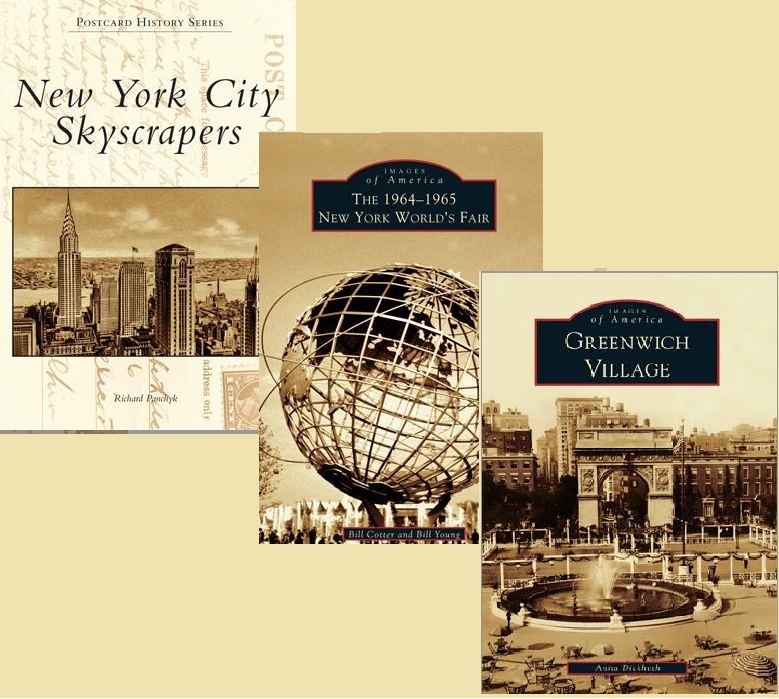About 10 years ago, when I first started searching for photos of old New York City I was drawn to the incredible archive of shots available on the New York City Public Library website (nypl.org). The website contains one of the best collections of New York City photography from the 20th century and is a treasured resource on the internet. It contains a wealth of photos from various periods dating back to the 1800s, but a particular strength of the collection is photos in the 1920s to 1940s range.
The reason for that strength is the work of photographer PL Sperr, who took photos mainly in the 1920 to 1940 period, thousands of them. Whether it was in the Bronx or Queens, Manhattan, Brooklyn, or Staten Island, hundreds of photos taken by Sperr could be found. I couldn’t help but be curious about him, but searches at the time turned up very little. So I decided to try to research the person whose photos were themselves such a valuable research tool.
I found a collection in 2013 of Sperr’s photos at the Mariners Museum and Park in Newport News Virginia, and through museum curator Tom Moore, I was directed to an article about Sperr written by Tony Peluso that gave some description of his life. From that and a few other tidbits I wrote a blog piece on Sperr in 2013. He was from Ohio, he aspired to be a writer, he particularly loved Staten Island, and walking was difficult for him because of a childhood disease, and his full name was Percy Loomis Sperr. It was a start, but unfortunately that was as much information as I was able to find, that is until now.
Thankfully a Staten Island CUNY history professor Susan Smith-Peter and her students in the fall devoted time to writing their own blog pieces about Sperr and did a great deal to unravel the details of Sperr’s life. They unearthed a lot of his work, including a lot of his written material, and other additional information about him. The following is the details of eight blog pieces from Smith-Peter’s class, all fantastic in their own right, all of which give us much more insight into Sperr and who he really was.
1. Sanie Bardic — Berenice Abbott and Percy Loomis Sperr: Influences and Divirgences
Sanie Bardic compared Sperr’s work to that of Berenice Abbott. Abbott is one of many peers of Sperr who have become household names in the historical photo industry, while Sperr has remained unknown. Bardic observes that Sperr seems more interested in looking at how his structures changed over time, and how he looked at buildings most closely than Abbott. Sanie notes that Sperr included more supporting landscape in his photos while Abbott just focused on the building. This might help explain why Abbott’s photos became highly regarded right away, as they had more social perspective, but that Sperr’s building comparisons and landscape shots are more useful now for those of us who want to see the historical framework of the photos.
2. Krista Borst — A Forgotten 1930s Photobook of Staten Island
Borst pointed out a few important stops on the Sperr timeline that we may have come across before but bear worth mentioning again so I am glad she did. Sperr had a bout with meningitis when he was a child, while he did survive, it left him handicapped for the rest of his life. So we have to take into account that Sperr, who may have taken the most location photos of any one person in the history of New York city during his era, did it entirely while on crutches. It only makes more fascinating his efforts. She also notes that he graduated from Oberlin College and came to New York in 1917. The 1917 date is significant because his photographic proficiency doesn’t really pick up until about 1924.
Borst also examined Sperrs 1937 book, Island Scenes which is a true rarity, it is something I had no idea he created. Sperr selected 130 photographs from over 5,000 he had taken, all covering Staten Island. This is notably different than the standalone short caption photos we are used to seeing from Sperr.
He was considered the unofficial photographer of the city, but in many ways he really was the little guy’s photographer as Sperr gave us detail about parts of the city we have never seen before. Sperr often included history behind his photos such as owners and date built of structures on the back of his photos. Borst points out that Staten Island was really the most unassuming of all the boroughs and the “ancient houses” there, Sperr seemed to have an attention to the historical legacy of his subjects.
3. Eli Gottesman — A Contemporary Analasis of Sperr’s Photography
Gottesman looked at the 150th anniversary and historical pageant that took place at the Conference House in Staten Island which took place in 1776. He noted that it in retrospect, looking back now it reveals exposed prejudices and stereotypes of the time. Indigenous tribes were at the time portrayed instead of by Native Americans, by white people, something that has become considered insensitive by todays standards. Gottesman reveals the irony that at the time when then President Coolidge’s stated “that [the US] is the preeminent support of free speech throughout the world, that in reality most Americans were not experiencing full representation in American life and politics.” The concept that the photographer of the time reveals social injustice and even unrealized stereotypes is an important aspect of historical street photography and this is an excellent observation.
4. Jenny Giacomo-Kelly — A Timeless Allure: Percy Loomis Sperr and the churches of Staten Island, New York
In her blog Kelly did her own photo comparison work, taking her own current shots of classic Sperr photographs and comparing them to Sperr’s shots of the same location. The first comparison Kelly did was the New Dorp Monrovian Church. She noted the following about the church “the congregation can be dated back to 1688, though a church was not erected until 1717. Adjacent to the church on three sides are three separate burial grounds dating back to the 1600s.” These are perhaps the oldest graves on Staten Island, existing here before even the church they nestle. The church itself suffered multiple fires and renovations throughout the years, but the building which was photographed by Percy Loomis Sperr was built in 1844 and still stands today.”
She did another three such comparisons and in doing so illustrates that Sperr’s work in some ways lives on forever because we can always do comparisons of what once was in a certain place in the city and what has changed to help us get a sense of our own area’s history.

While it is great that Kelly did this sort of photography comparison of Sperrs original work, more is needed. With his thousands of shots of distinct corners of the city, Sperr has given us an invaluable vantage point in time to see what was at countless locations in the city, hopefully in the future more will do similar comparison shots so we can compare the city now to its past self.
5. Kathy Long — Percy Loomis Sperr: The Infinite Story of New York
Long reveals that Sperr served on the editorial board for the Oberlin College paper The Oberlin Review, adding to his pre-photography writing credits. She also unearthed another part of what Sperr did when he first got to New York City, taking photographs for Lumitone Press, a photo print company in which he took his first pictures of Staten Island.
We know Sperr was very fond of Staten Island, that he regarded it as the “Cinderella of Boroughs”. Long revealed that he was a writer for the New York Tribune in 1923 and 1924, at which time he was looking to embellish his stories with photos.
Some of the first photos Sperr took were of Staten Island library displays, so it is interesting that his own work would come to rest in the New York library. As Long says “Sperr’s attempt at making a career out of his passion for writing would be sadly short lived as there would prove to be more of a market for his photographs than his stories.” Sperr said “I am not much of a camera fan. My own interest is rather in the story than the picture.” Long found her own positive spin, stating that in its own way Sperr’s visual record of the city in its own way told a unique and interesting story. A theme that came up in many of these blog entries.
6. Adunola Sonaike — Books on Wheels, Percy Loomis Sperr and the New York Public Library’s Staten Island Booklmobile
Sonaike connected Sperr’s work to that of the NYPL with its bookmobile project which made an effort to get books to the furthest reaches of Staten Island residents. When the NYPL implemented its bookwagon in the late 20s they had four locations, three on the south shore of Staten Island, but Sonaike believes this is because “of the socioeconomic status of those living on the South Shore” were more separated from the urbanization of the North Shore. People in such far removed areas probably had less access to transportation and to those library branches. It seems fitting that Sperr had such an interest in a library and that his work today can be found in a library.
7. Victor Cruz — Percy Loomis Sperr as A Newspaper Contributor
Cruz really did a great deal to help fill in more about those missing years of Sperr’s early days in New York once he moved here in 1917. Cruz found many newspaper articles from the early 1920s written by Sperr, and these articles helped reveal both his desire to be a writer, and where he pursued his writing interests.
Cruz found a piece Sperr wrote for the New York Herald-Tribune “Books that go do to the sea in Ships” in 1924, in which he asked the dispatcher at the Merchant Marine library what books were requested by merchant marines. In another piece Sperr interviewed an archivist in his 1924 article “asking the librarian” in which he looked at how records are kept and archived. In yet another piece Sperr inquired how maps were used for historical purposes and stored.
In 1924 Sperr wrote in detail about Staten Island architecture in his “Century Old Structures Link Staten Island To Historic Past” in which he looked at historic buildings and looked at their history. Cruz concludes “Sperrs writing career never blossomed in the way his photography did.” It is difficult to pinpoint why Sperr’s writing career failed, it is clear through the analysis of his articles that Sperr took his interest in the telling the story of the everyday New Yorker and transitioned it into his style of picture taking that he is known for today.
8. Gabrielle Courtien — The Seaport and Sperr
Courtien focused on Sperr’s love of ships and his joy of photographing seaport scenes. Gabrielle took a unique angle in addressing what may have been Sperr’s self perceived disappointment that he always wanted to be a writer and not a photographer. Courtien asserts that Sperr did in his own unique way in fact tell stories of his own with his photos, particularly when he focused on the seaport.
Sperr’s love for the waterways of New York, the harbor, the docks, the workers, and, the children who would “hang out there” is something Courtien observes that Sperr captured beautifully. Many New Yorkers live in the city, a metropolis surrounded and intertwined with waterways, and take for granted just how prominent and beautiful a role those waters play in making the city what it is.
These three photos Courtien found which make a compelling case for Sperr. A candid of a girl playing while sitting with her grandmother, another of a girl sitting while reading on a barrel while a boy plays nearby, and another of dock workers with the “booming metropolis” behind them. They all flesh out the role of water, and Sperr’s ability to see it.

Courtien reminded me that I grow up within sight of the East River and Little Neck Bay in Bayside Queens, and I am probably guilty of taking the water around me and dismissing its beauty.
Conclusions
Sperr deserves his due as a photographer. He did not get the recognition Berenice Abbott and others did in the past, and his work as Sadie Bardic notes when comparing photos does come from a different perspective but captures many of the same subjects.
The thing that puts Sperr in front of other photographers of his era is the sheer volume of his work, the number of photographs he took. His archive at the NYPL is enormous. The great volume between 1927 and 1942 gives us a look into the streets of the city like no other; Sperr did his work street by street, house by house. If you want to truly get into the nooks and crannies of New York City, Sperr’s collection is the place to go.
While Sperr’s work has been available on the NYPL, the gap has been in finding out more about him, what motivated him, what interested him. There remains an irony in that Sperr wanted to take stories and used photos as a supplemental tool, but instead wound up relying almost solely on the photograph. What would Sperr think of today’s Staten Island, and what would he think of a world in which photography is instant and much of his work digitized? I think Sperr would be grateful that today we are writing about his work, telling his story, through the use of his photos and articles. I am grateful to Susan Smith-Peter for the work she and her class did is vital in helping to learn more about the man who photographed so much of New York City.
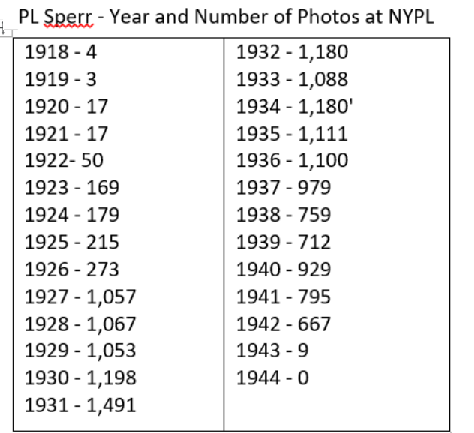
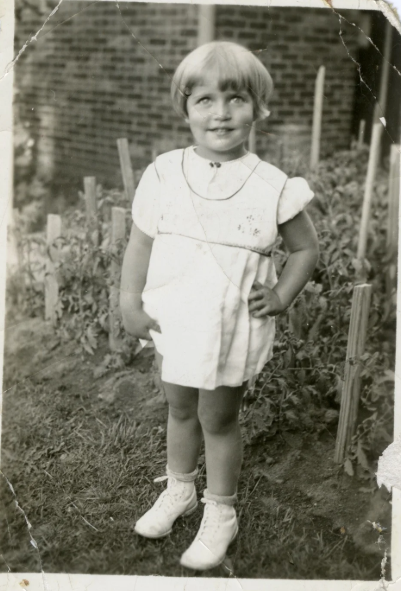



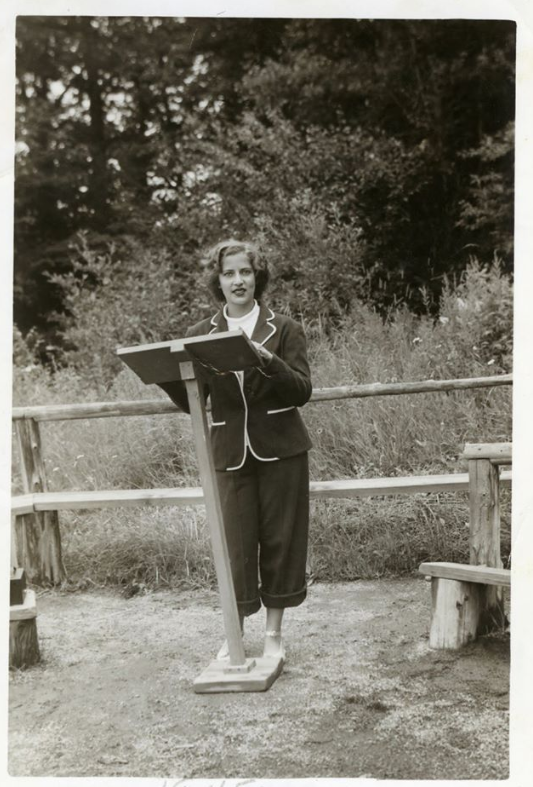
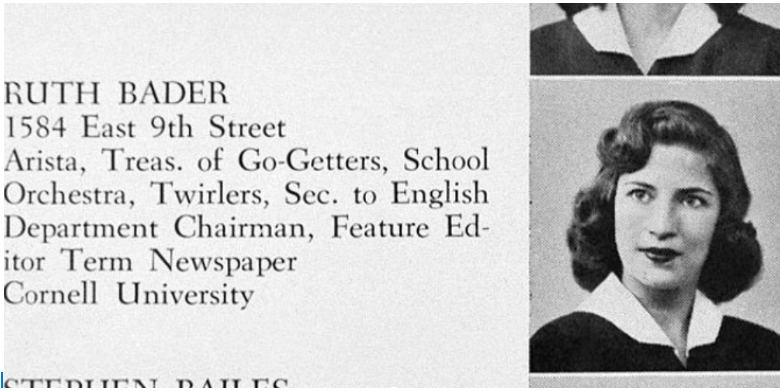
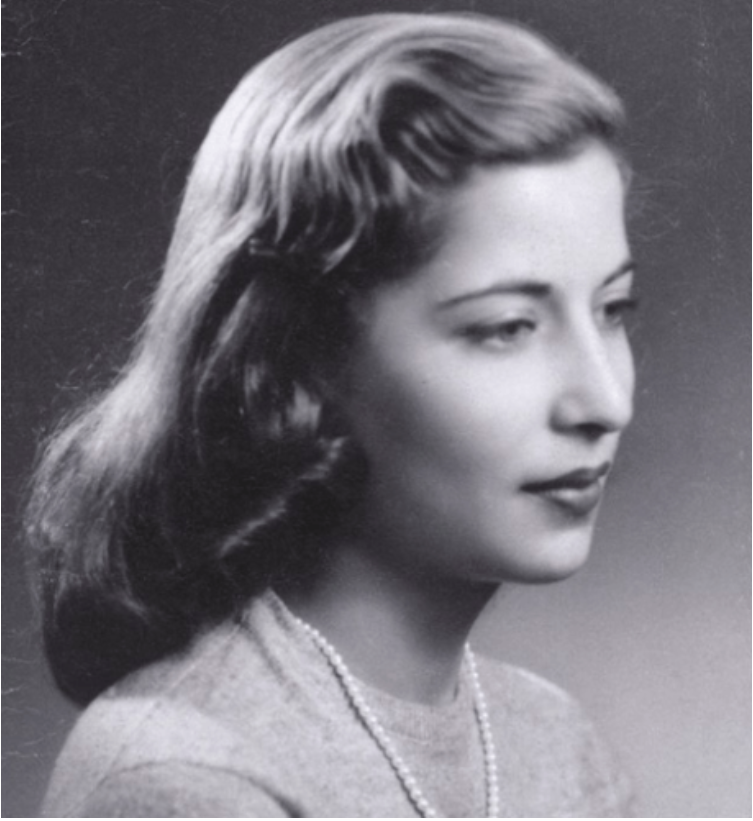
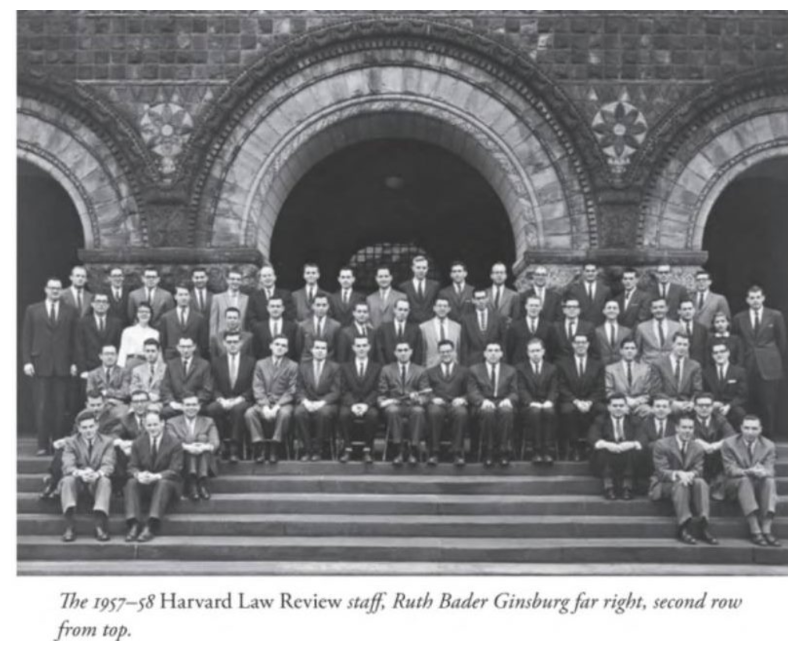


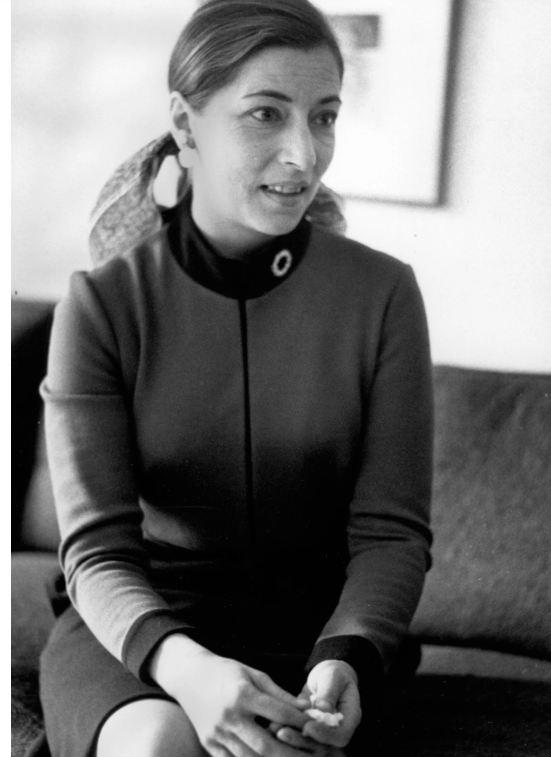

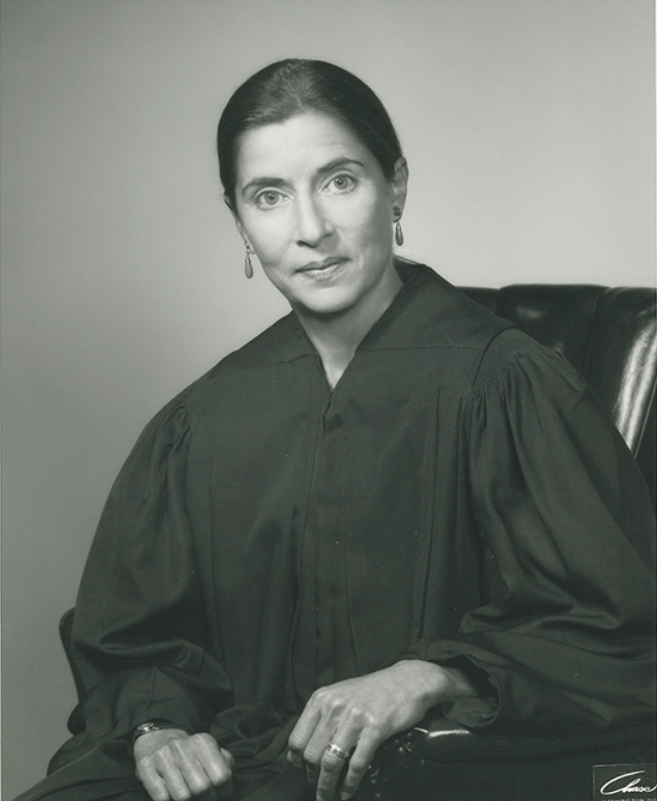



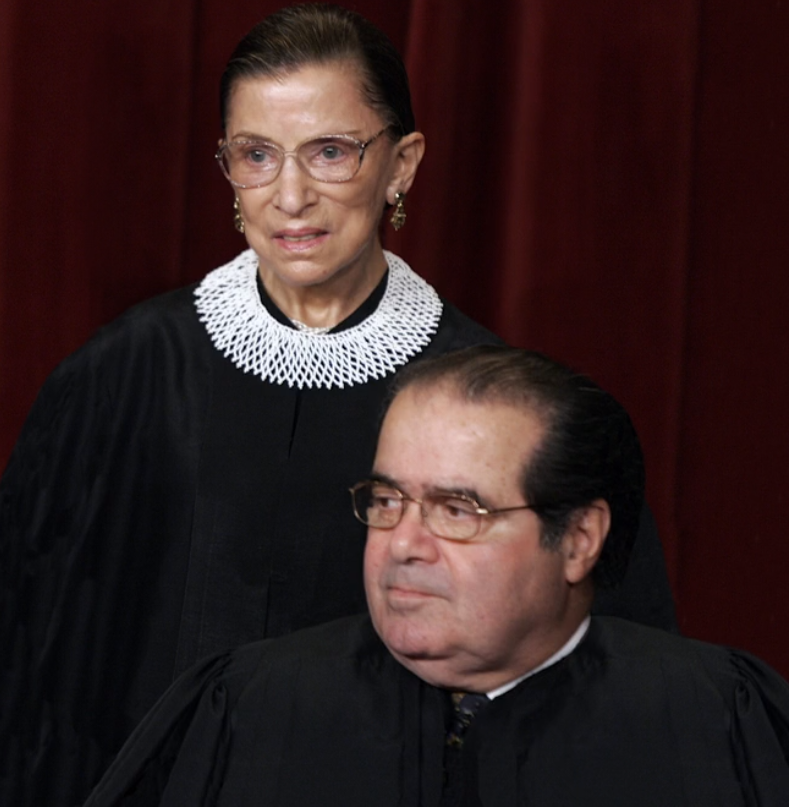

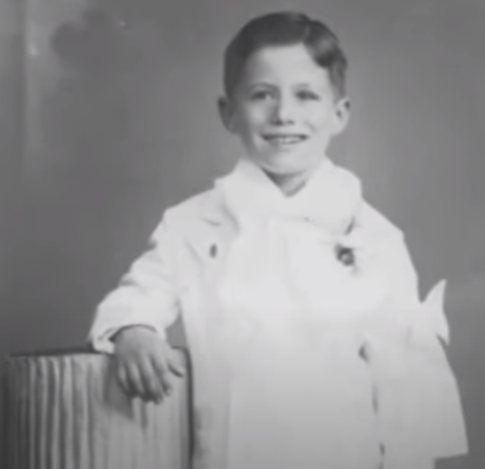
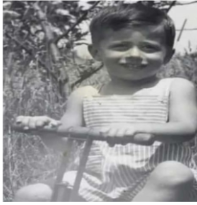
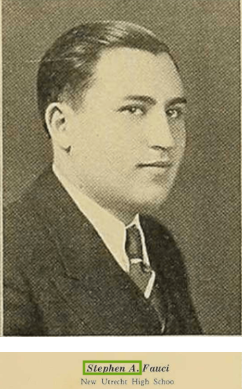
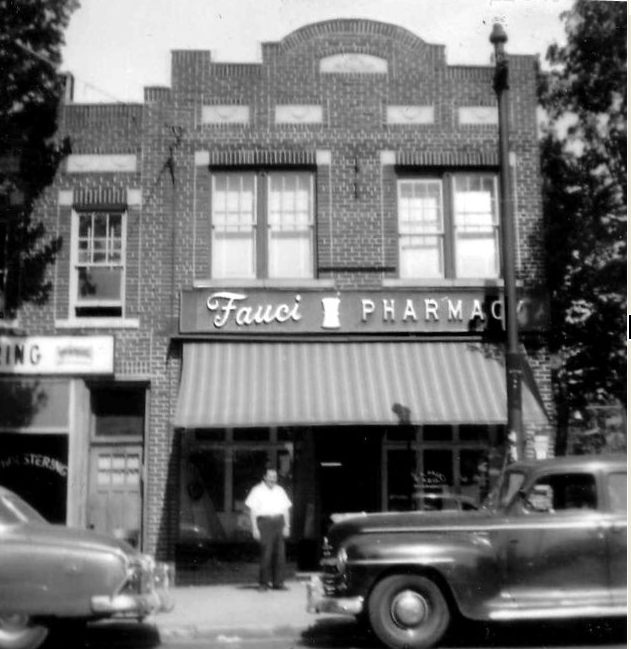
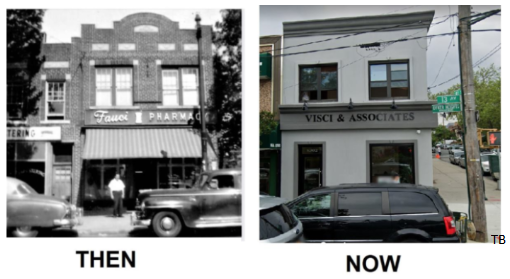

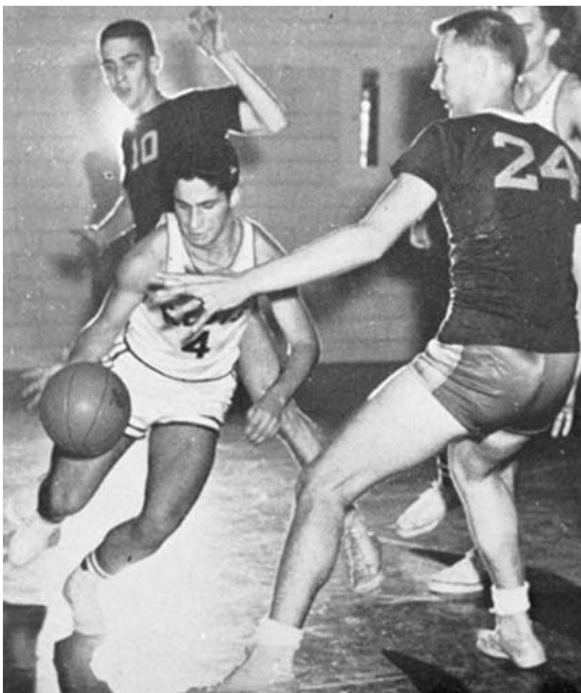
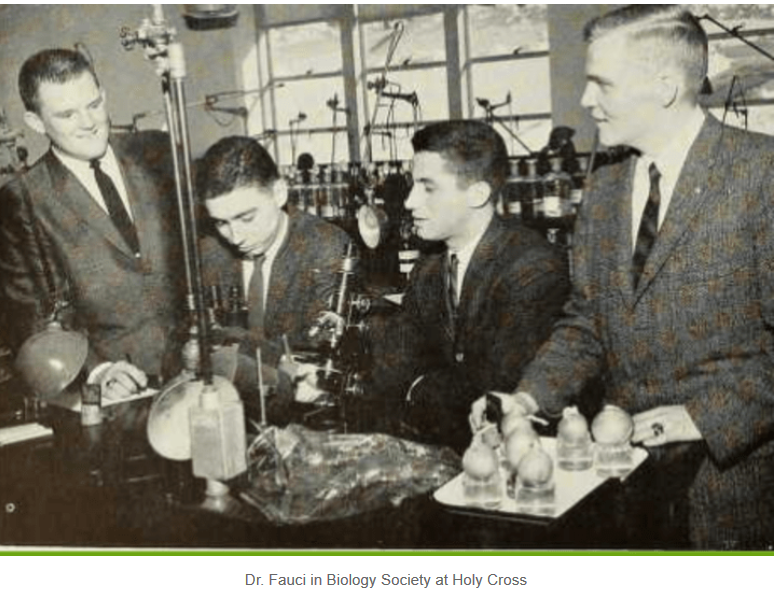
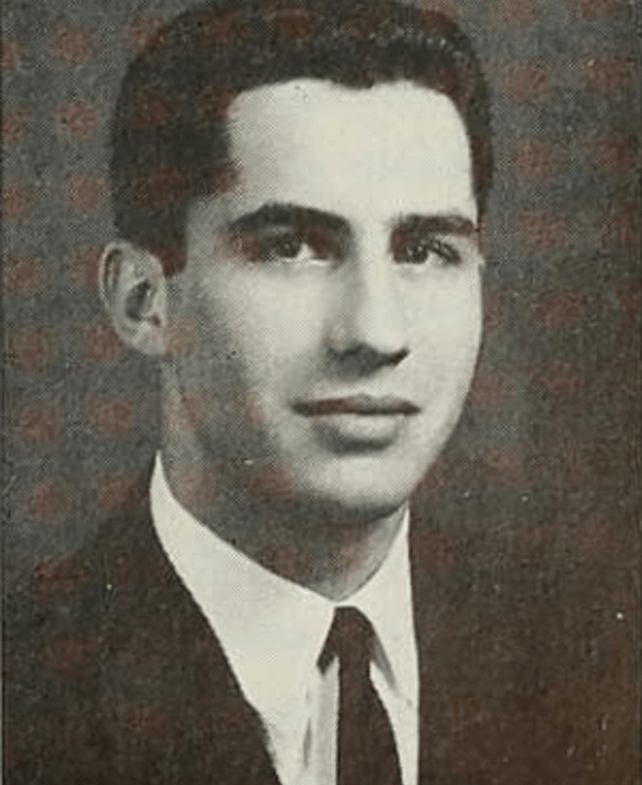

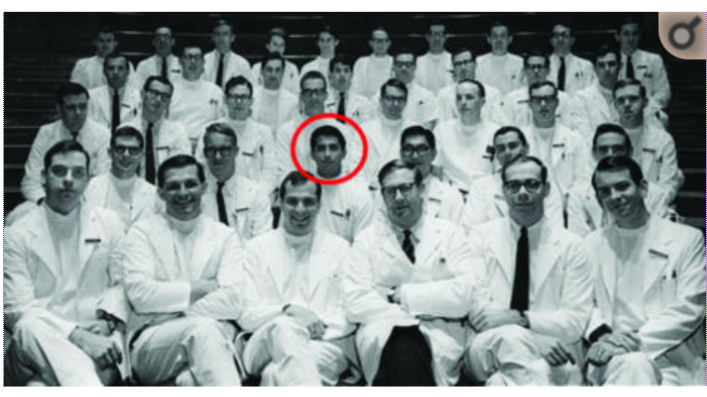
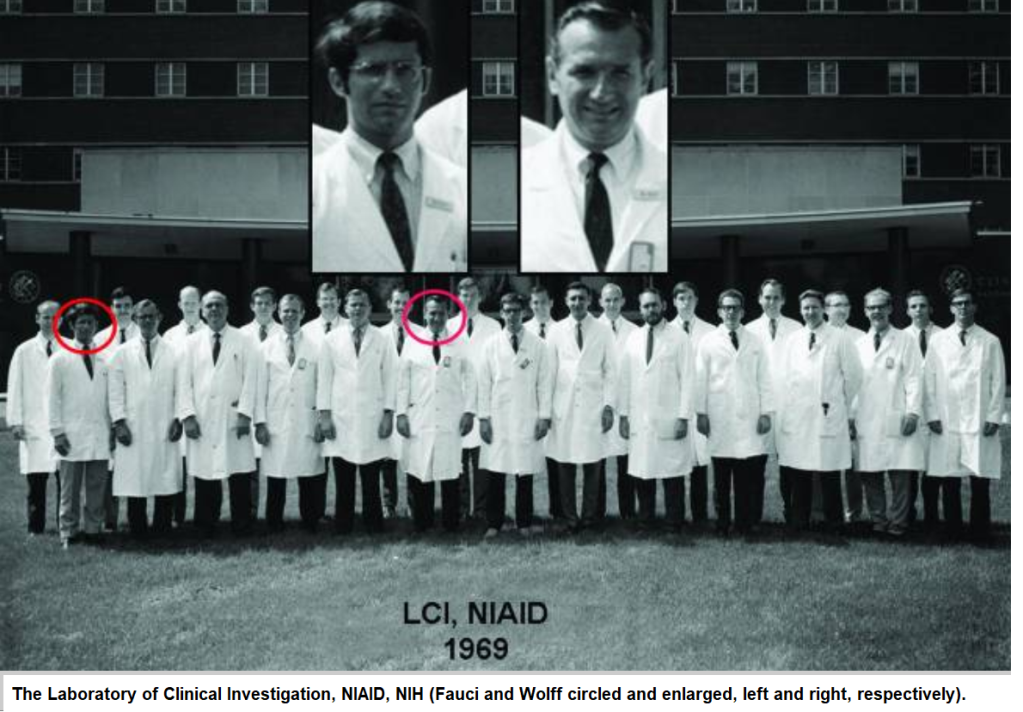


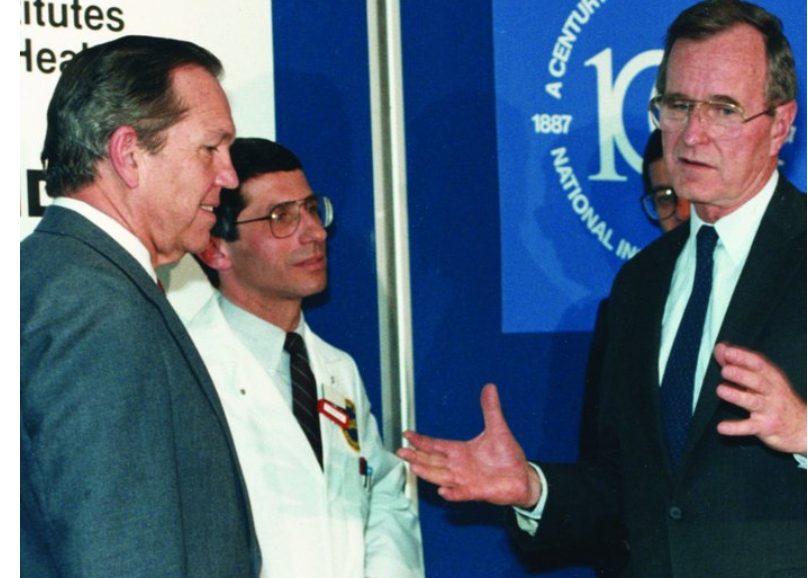

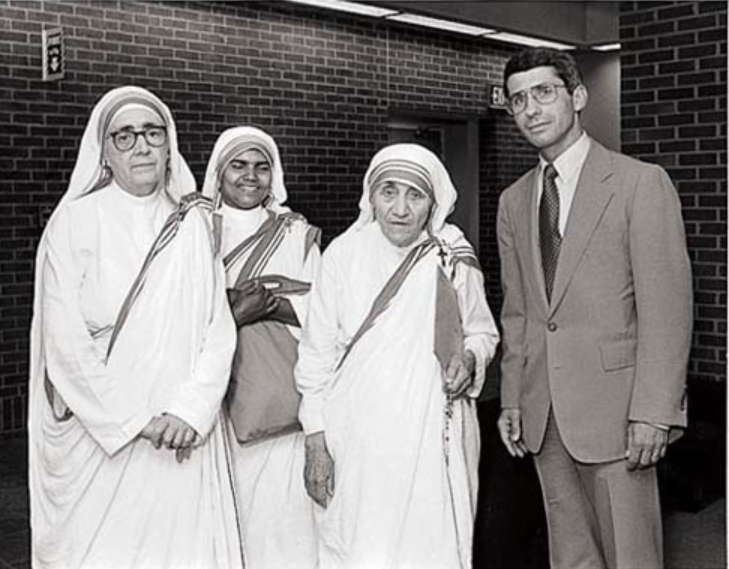

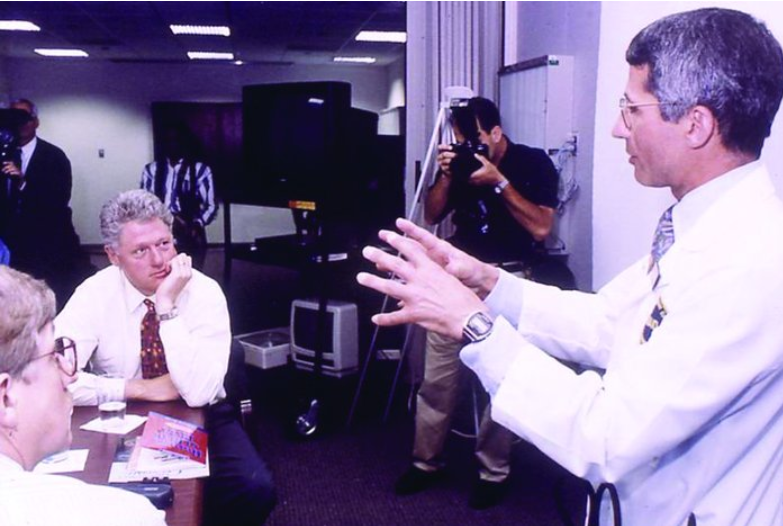

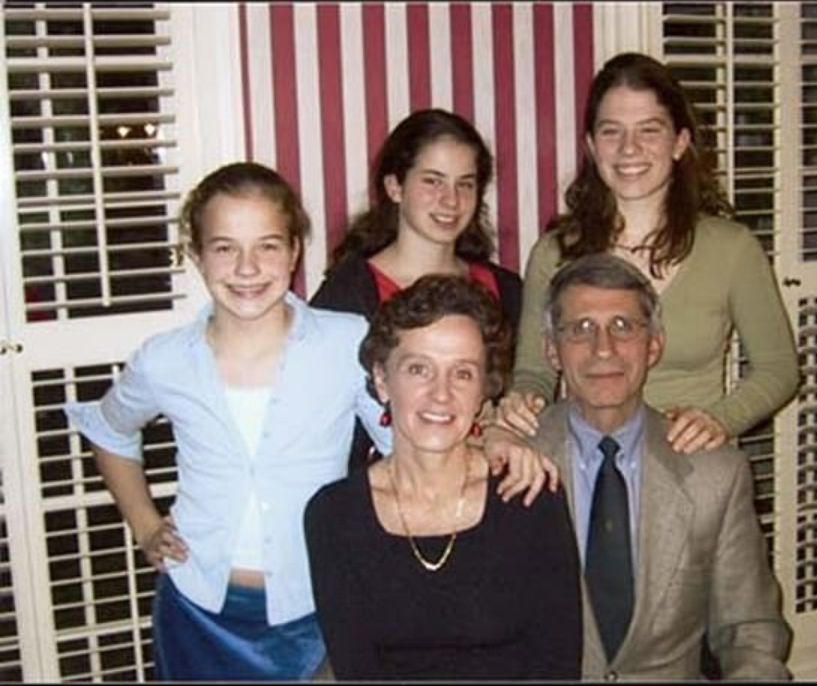

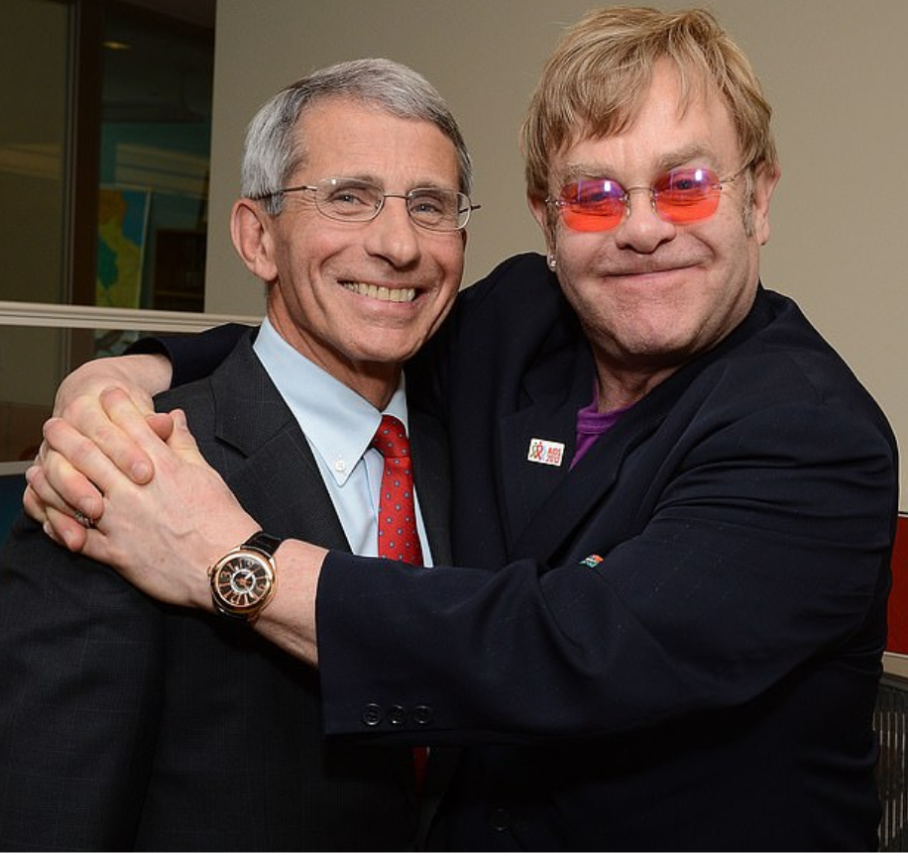
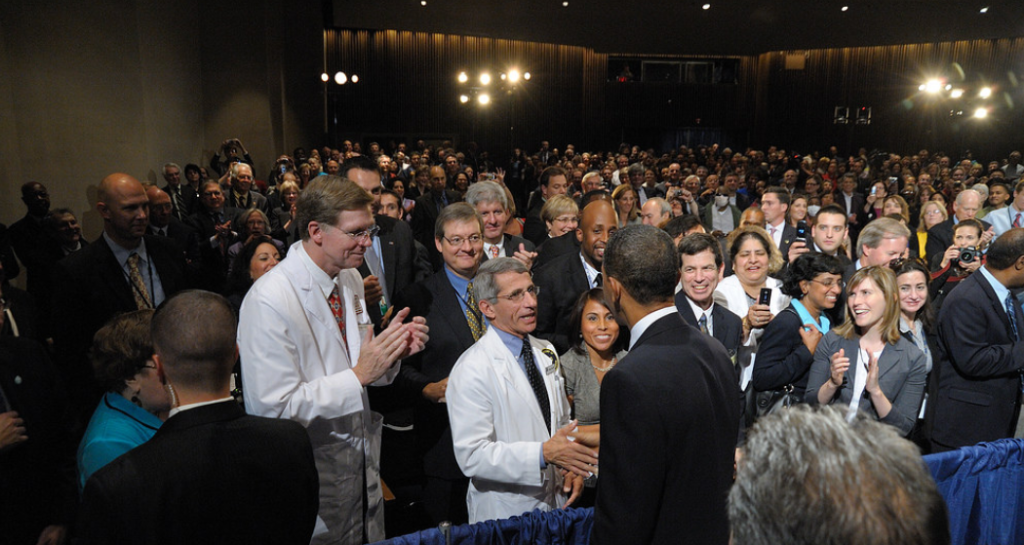

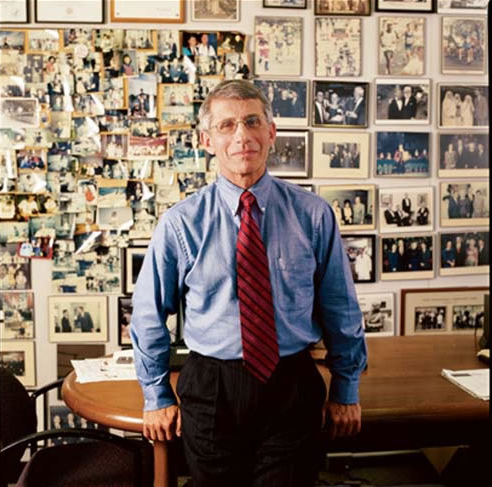

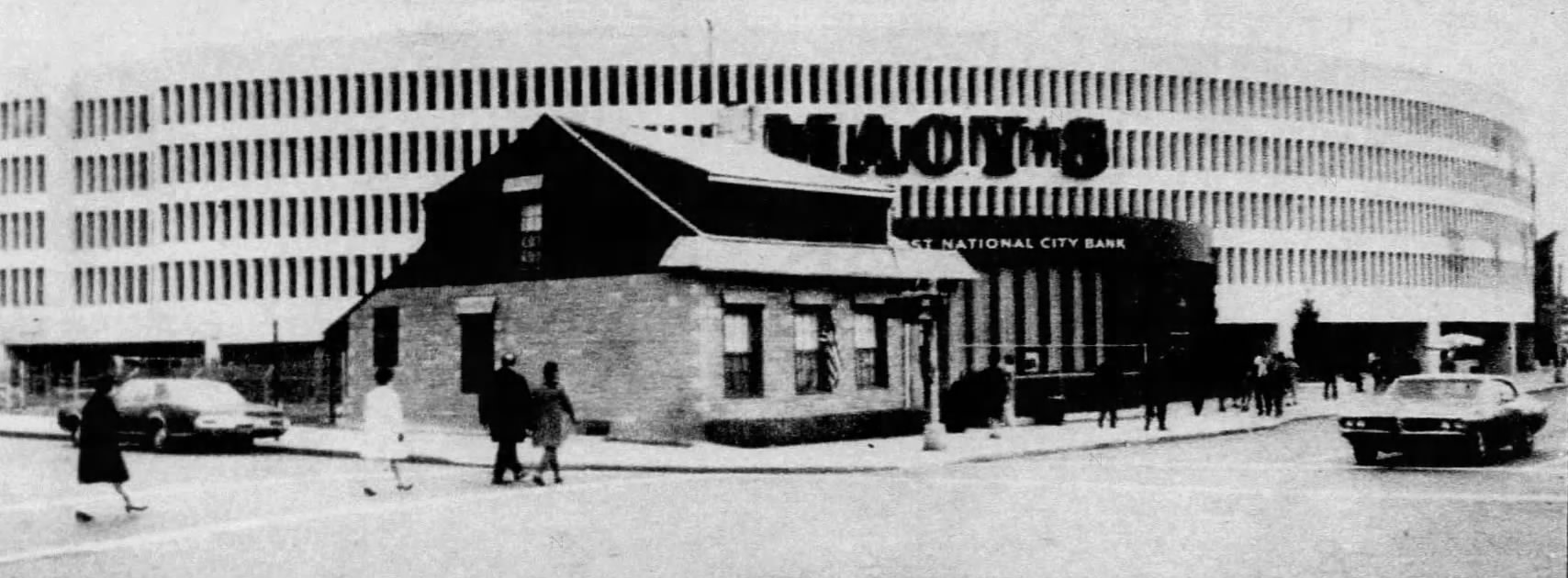

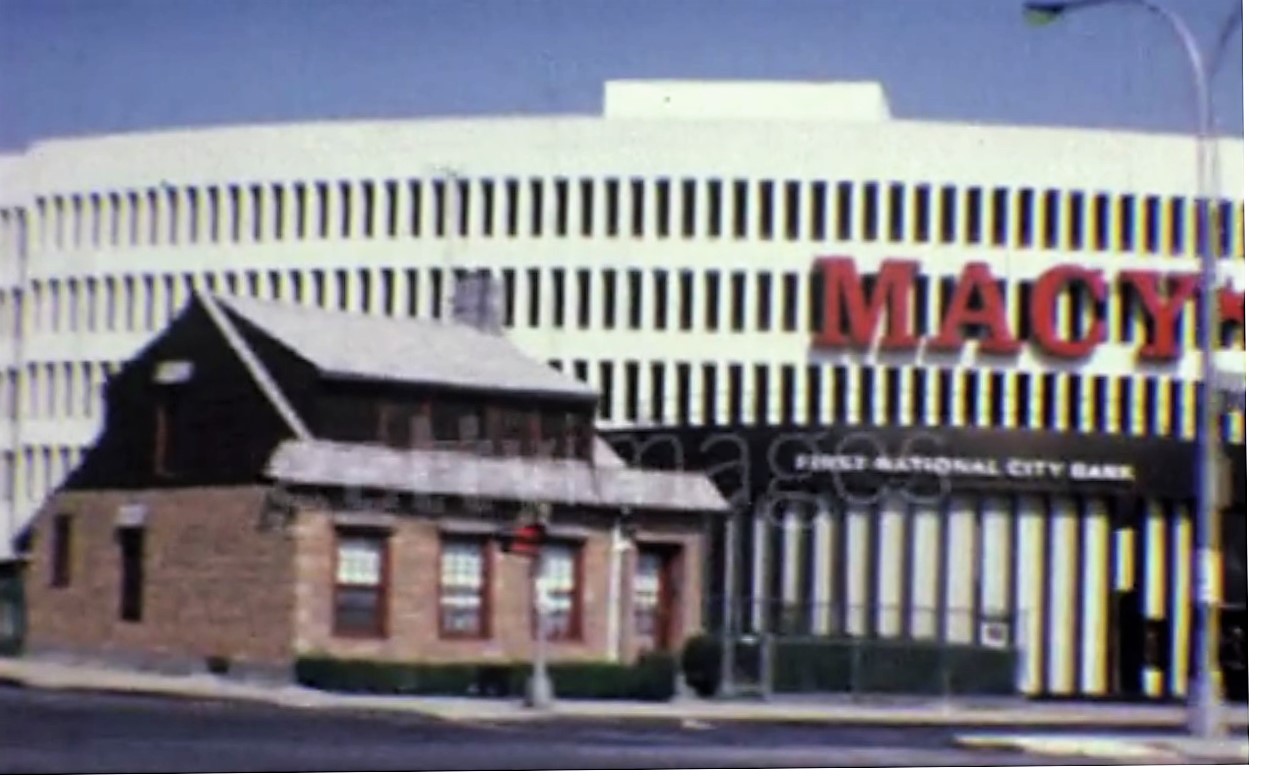



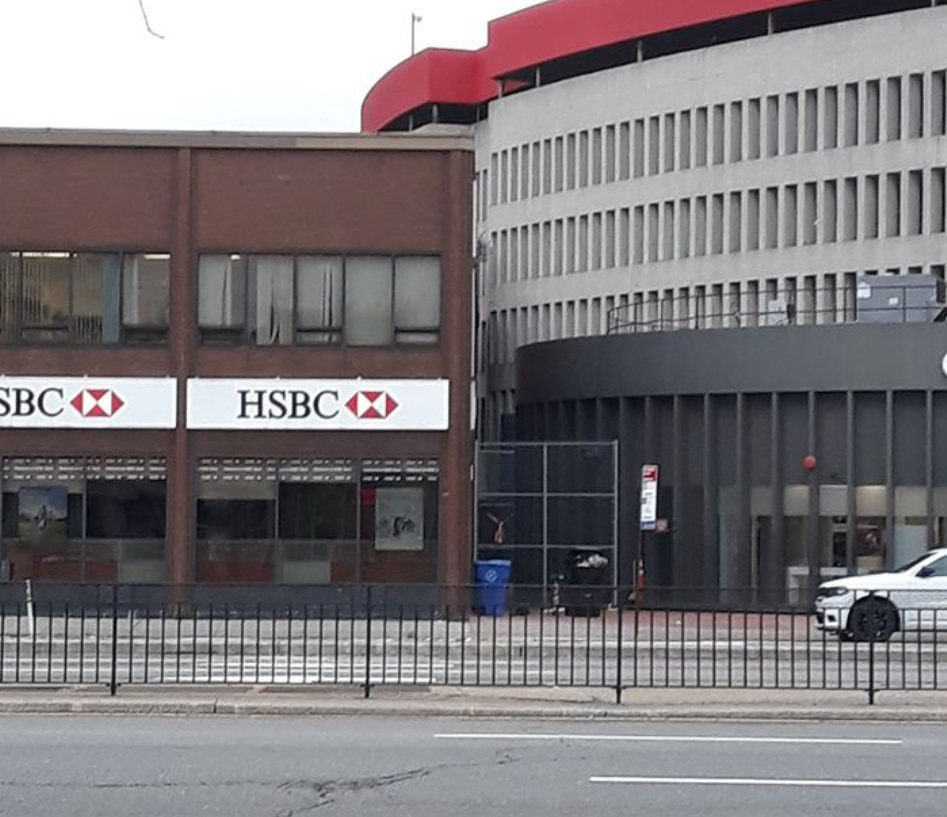
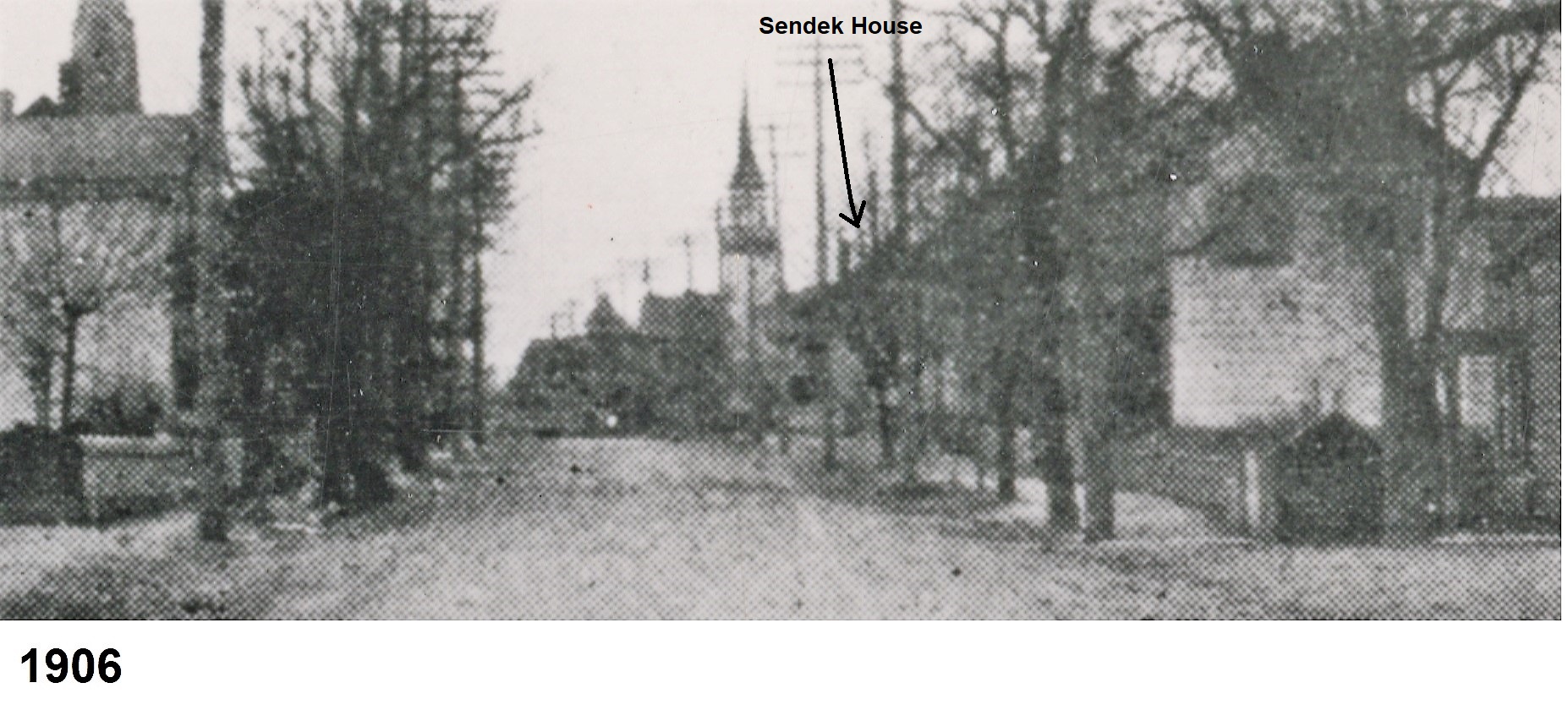
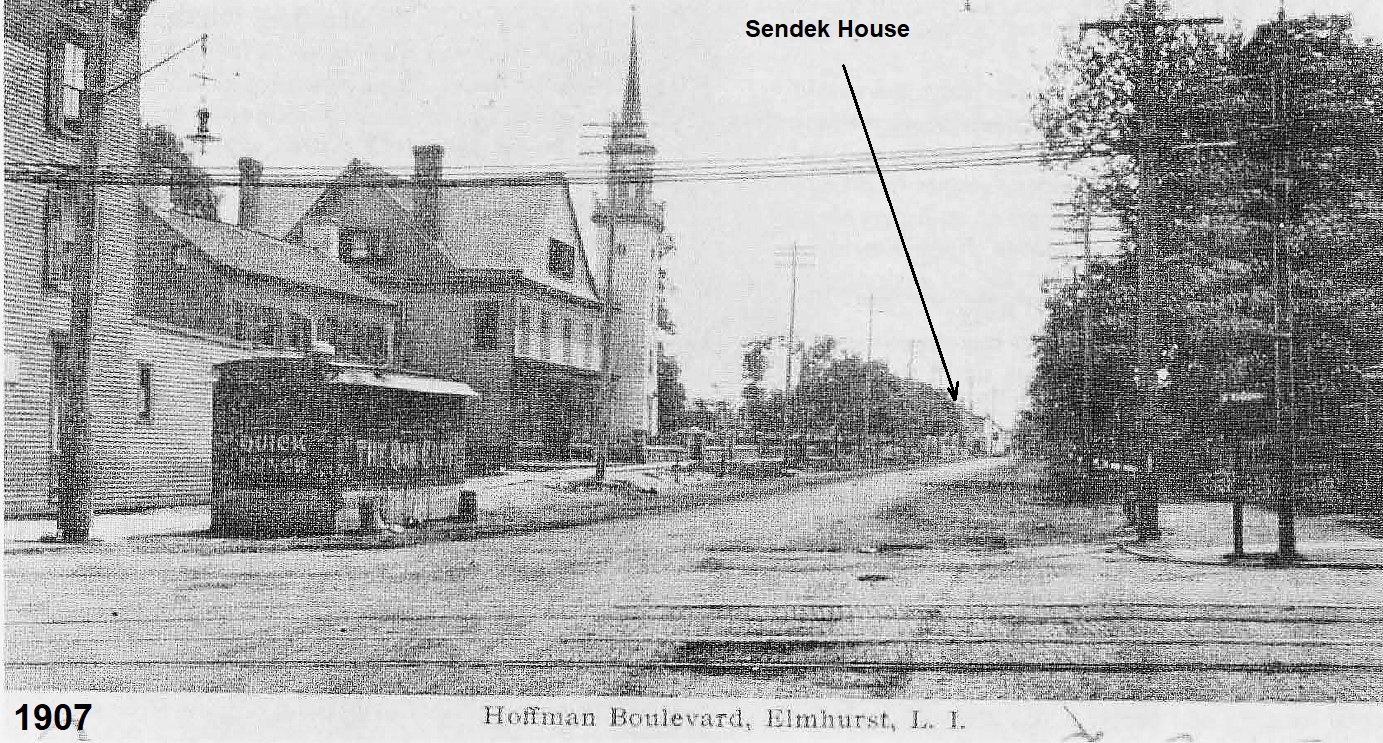 This is looking the other way as the above shot. East from Broadway down Hoffman, the house on the left.
This is looking the other way as the above shot. East from Broadway down Hoffman, the house on the left. 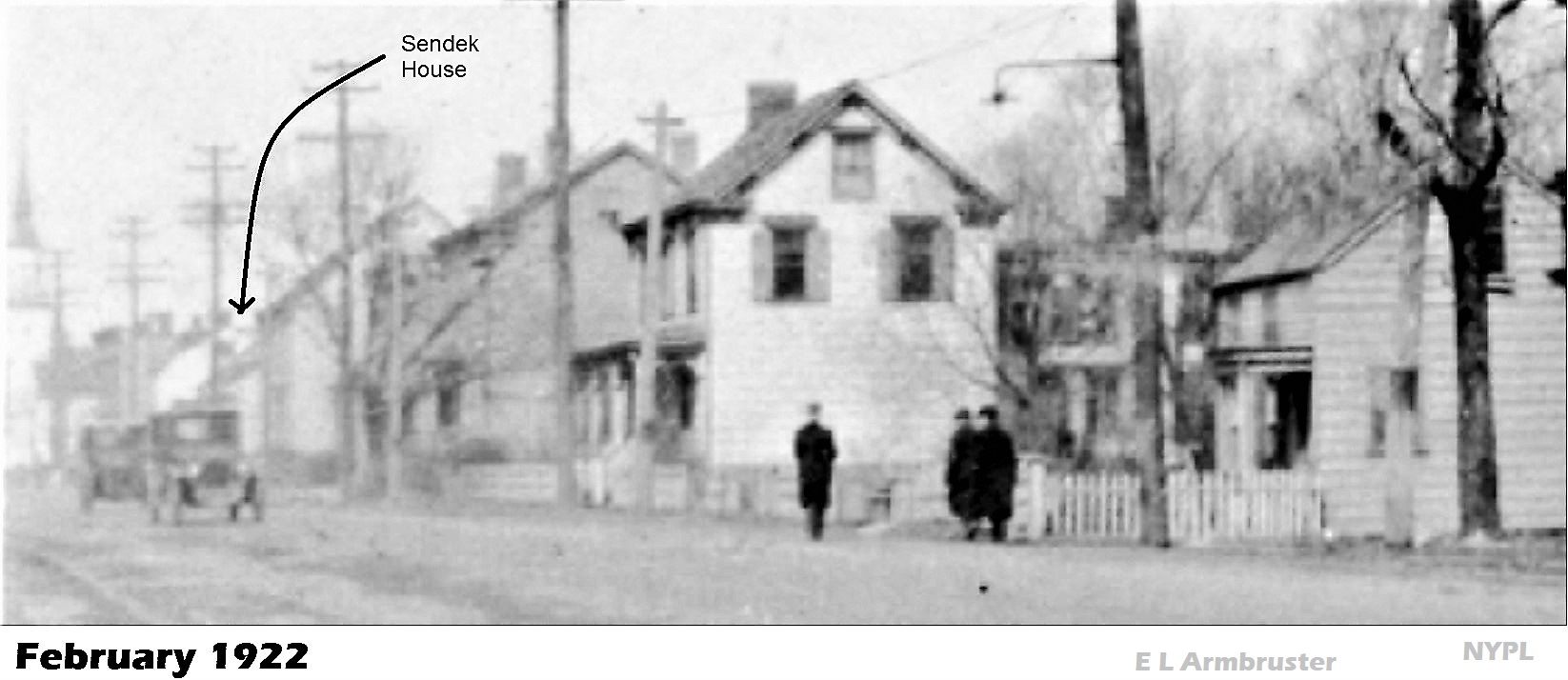
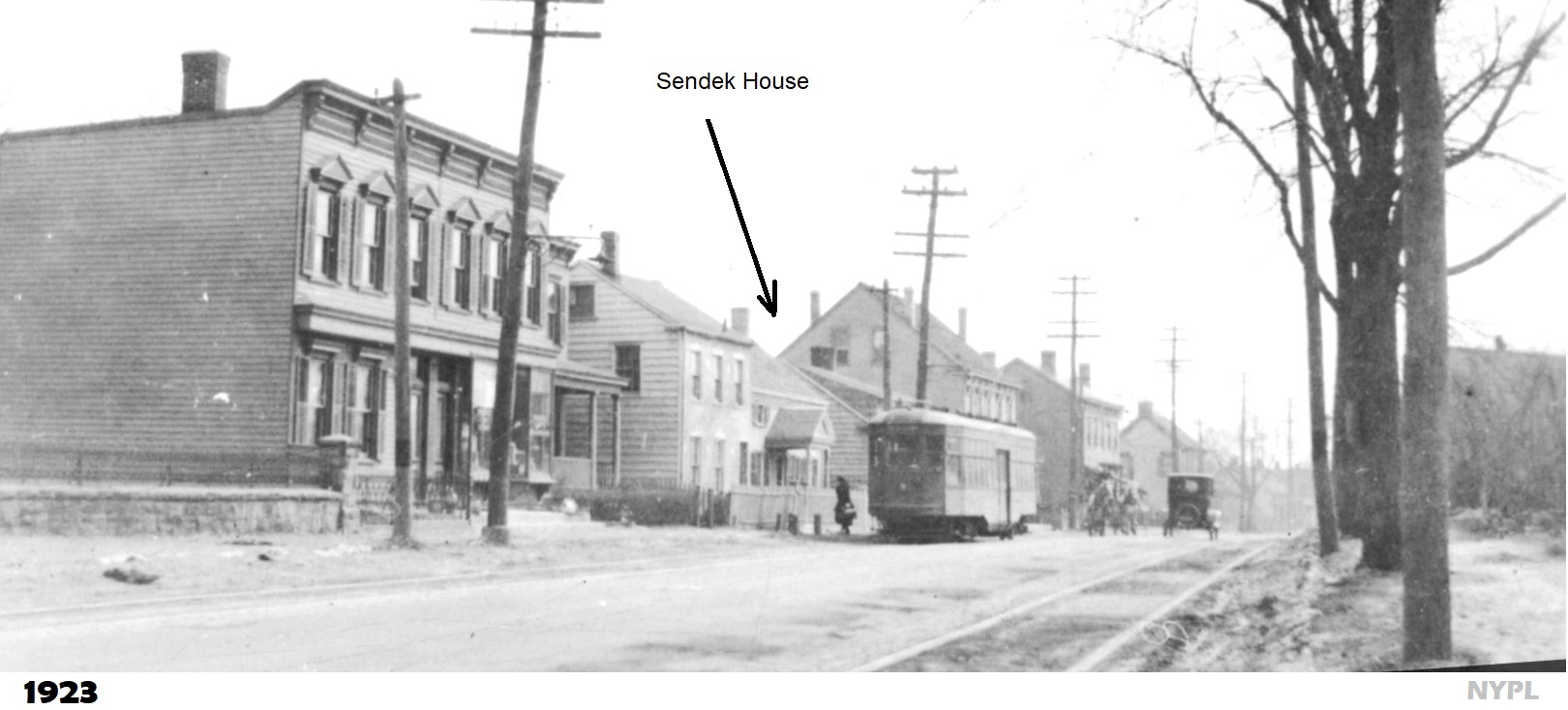
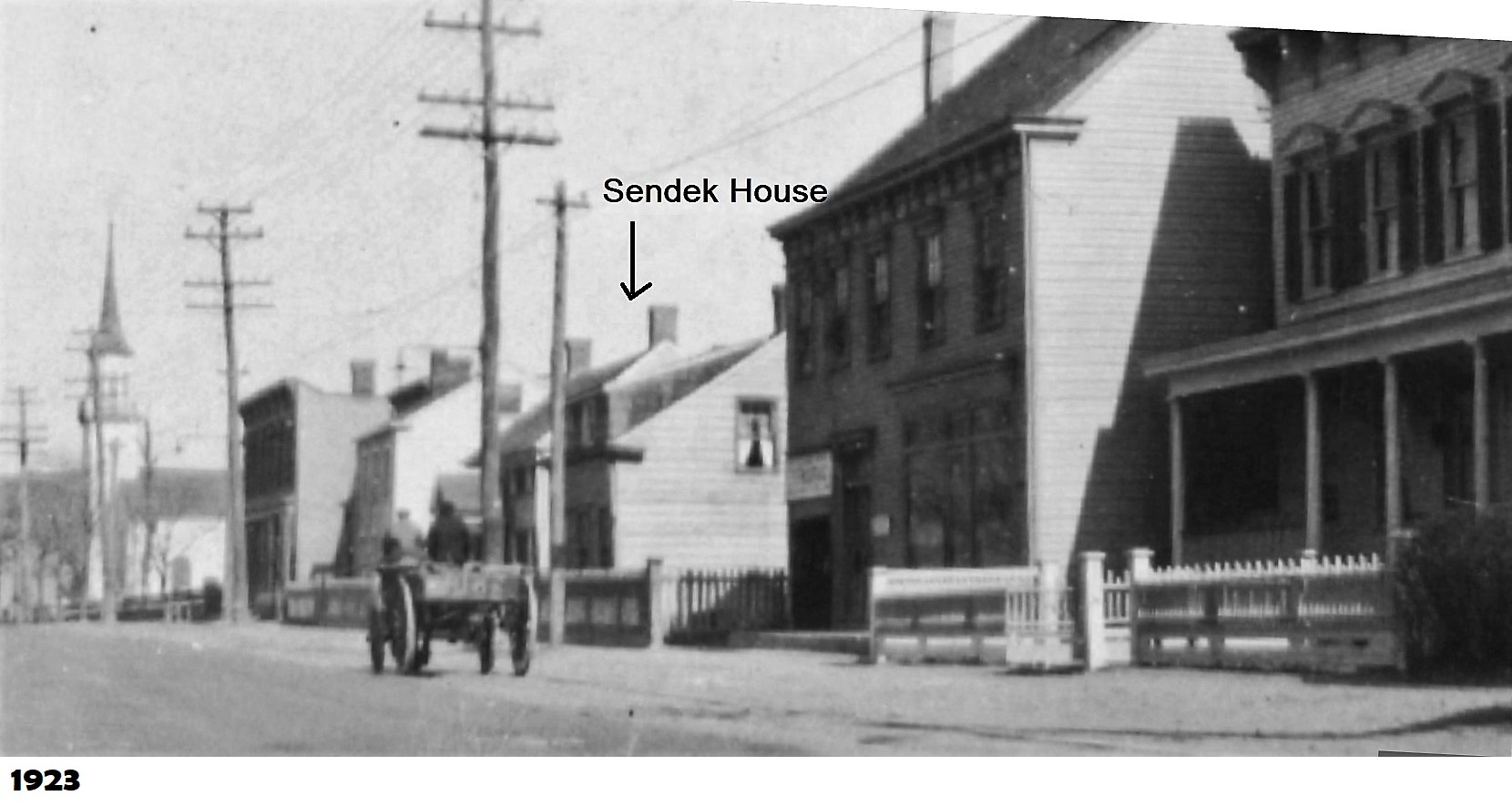
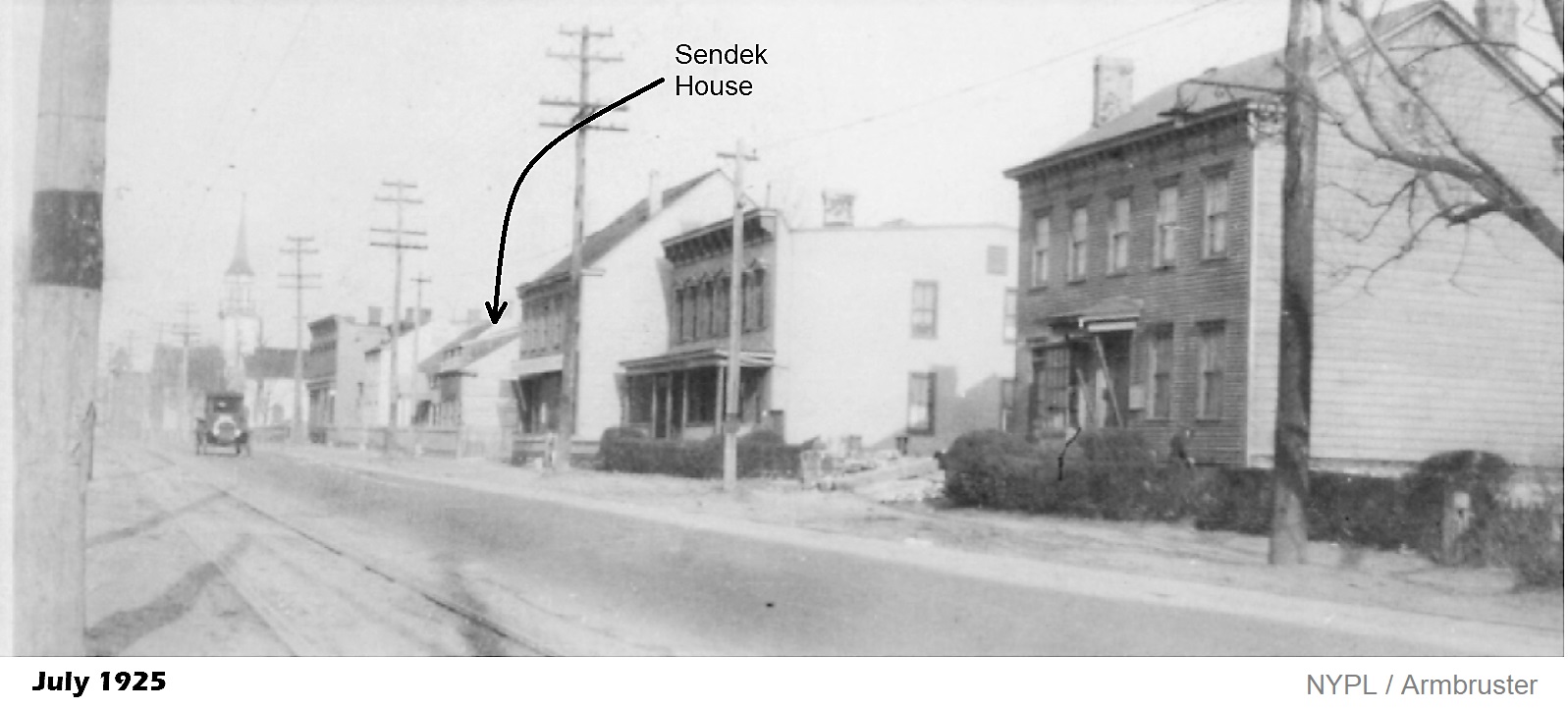
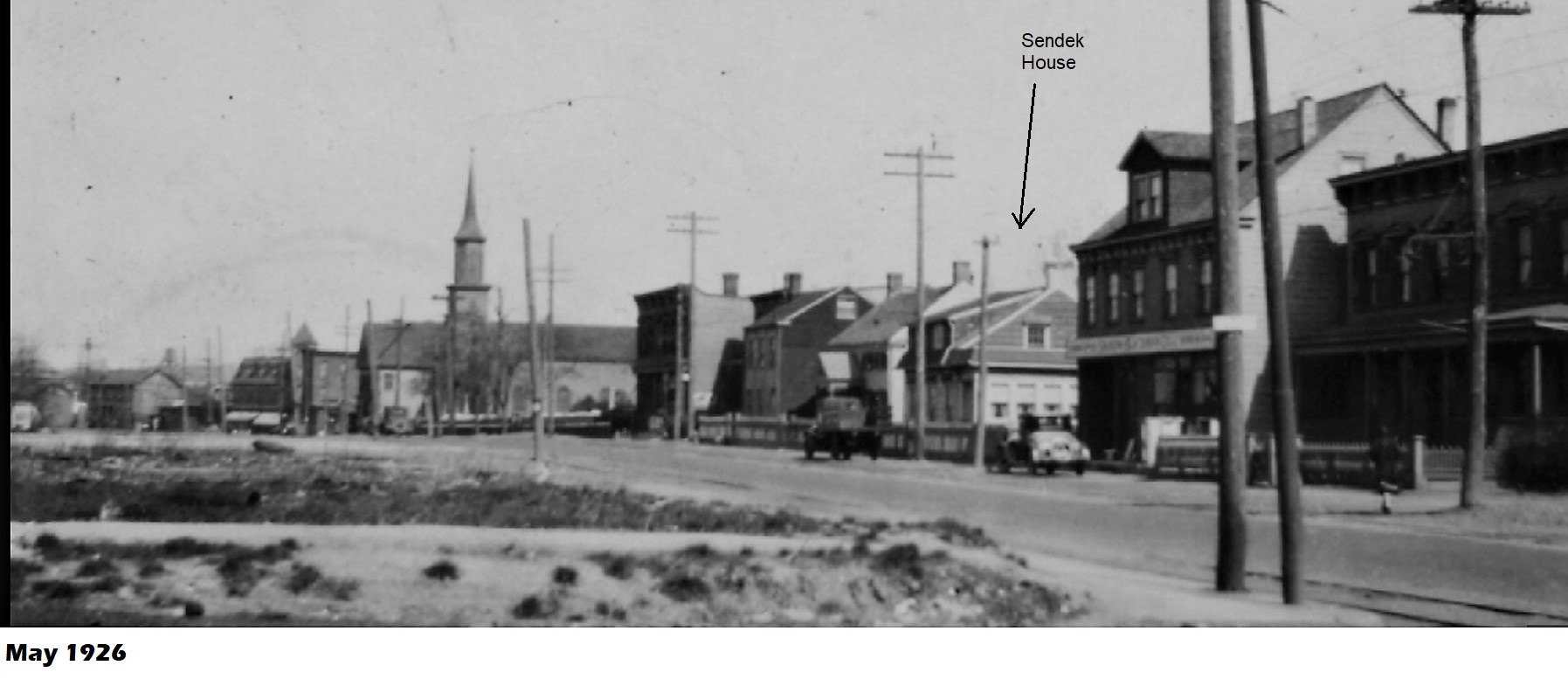 In the mid 1920’s the west side of the road was cleared for subway construction and widening. The houses had to be moved back or be demolished. The Sendek house was on the east side and so was unaffected by the change directly. This photo offers a good clear shot of the house.
In the mid 1920’s the west side of the road was cleared for subway construction and widening. The houses had to be moved back or be demolished. The Sendek house was on the east side and so was unaffected by the change directly. This photo offers a good clear shot of the house.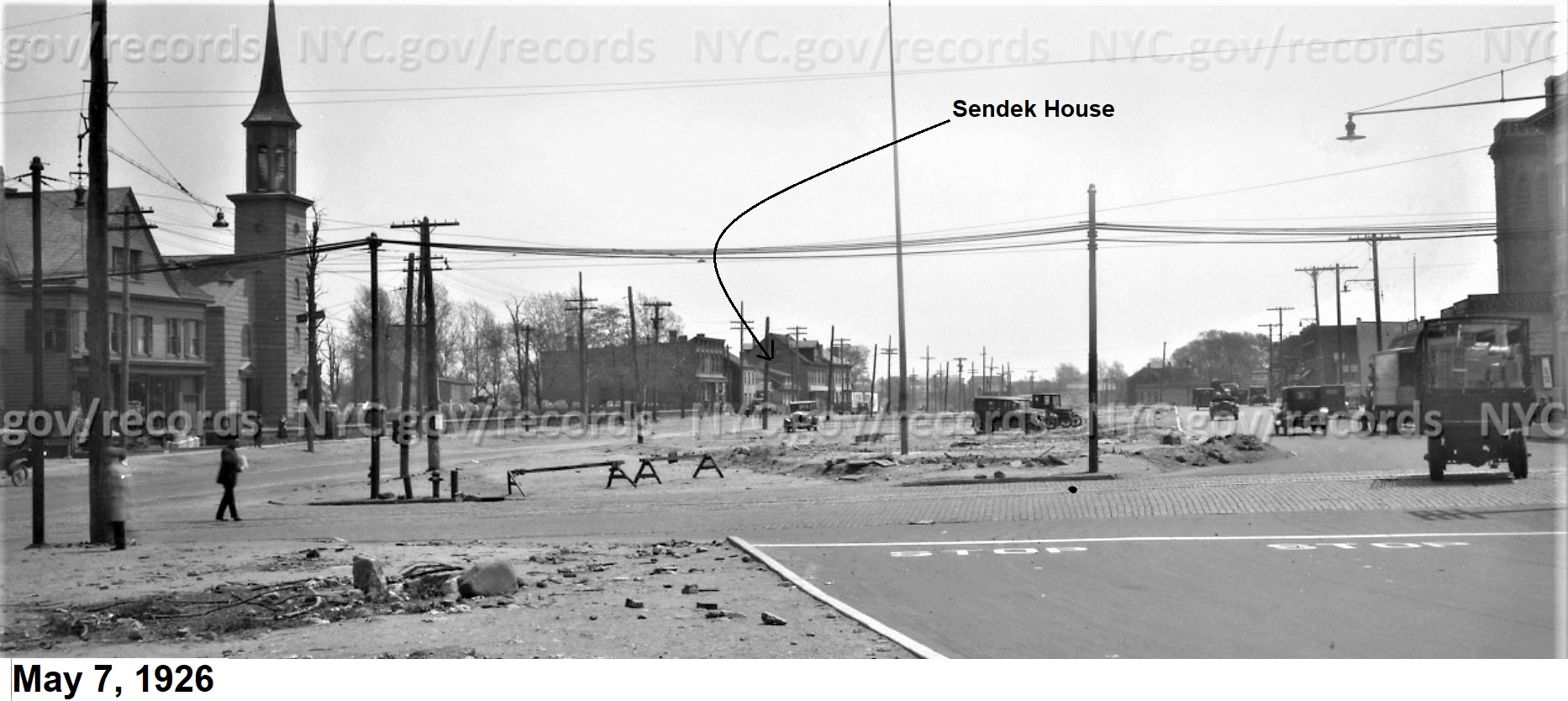 East along Queens Boulevard from Grand Aveue. This is a good shot to get a detail of the street from the church down to the Sendek house.
East along Queens Boulevard from Grand Aveue. This is a good shot to get a detail of the street from the church down to the Sendek house.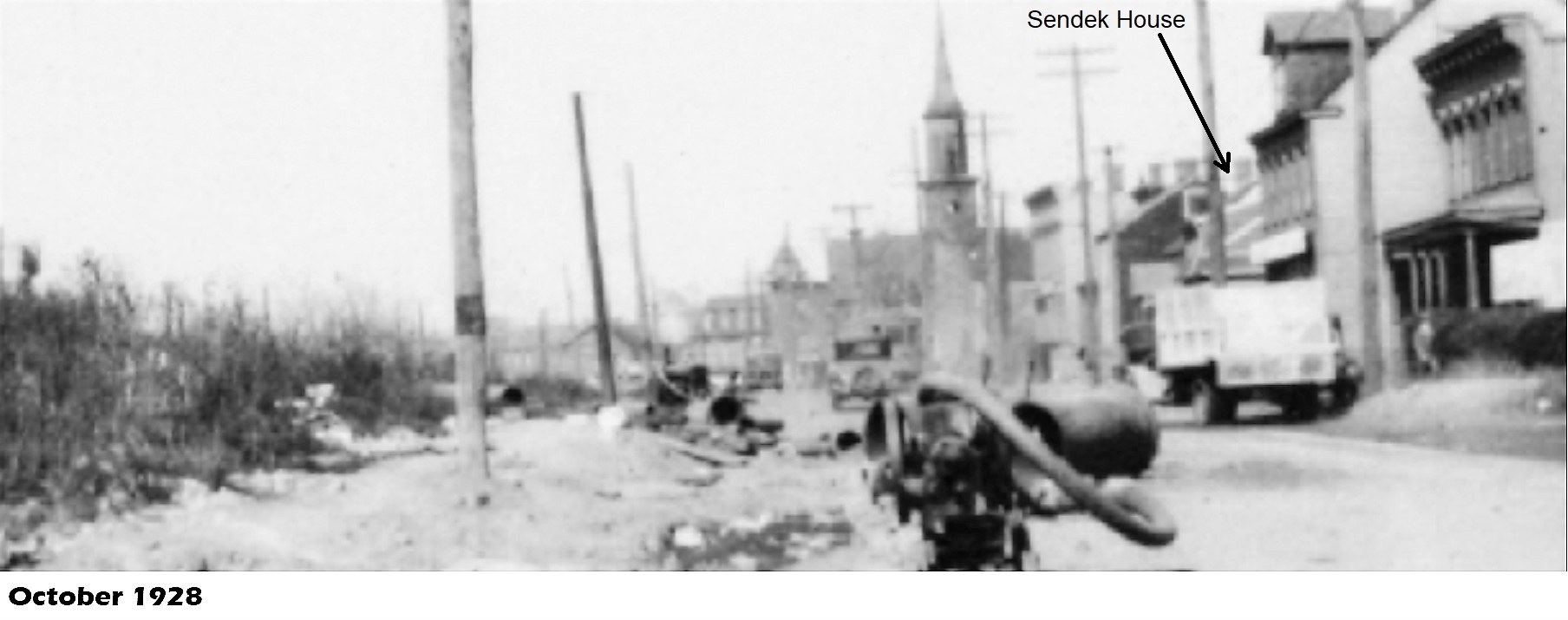
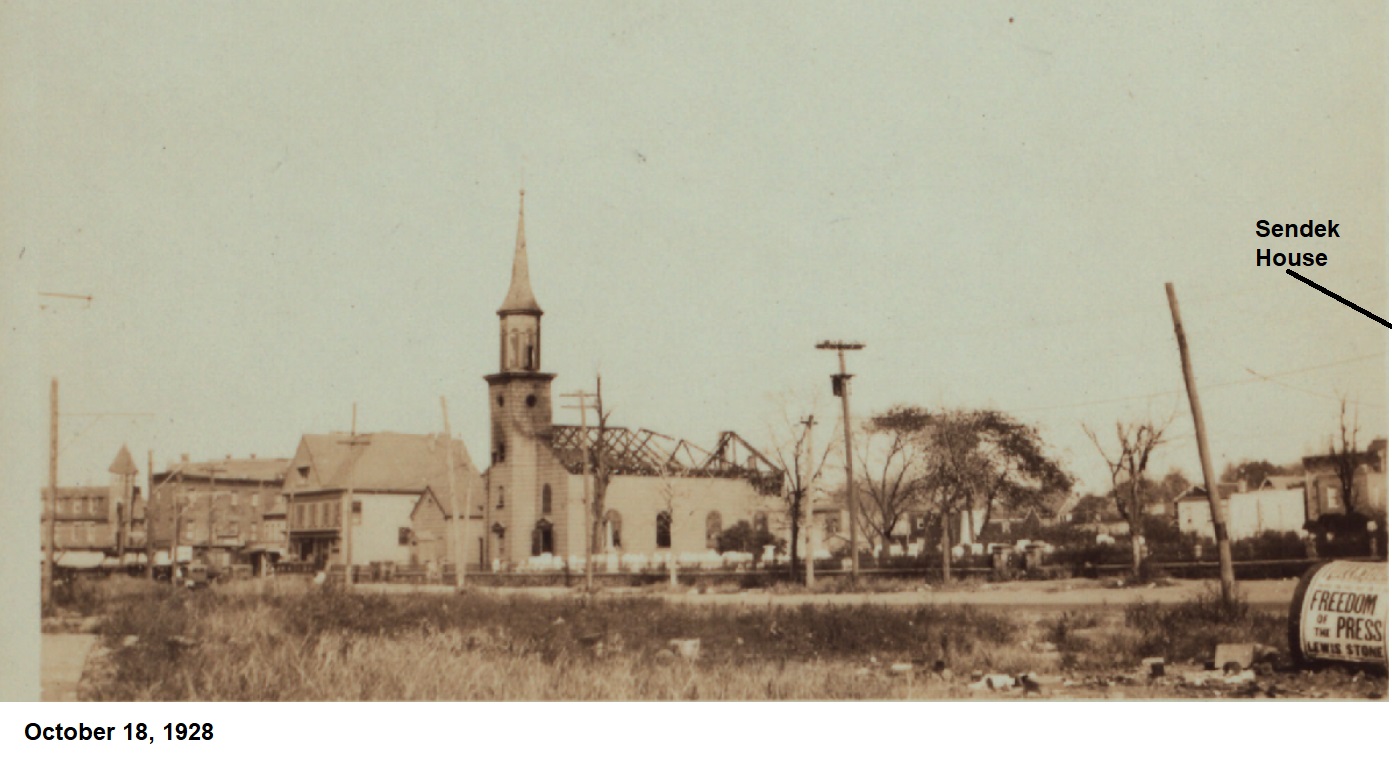
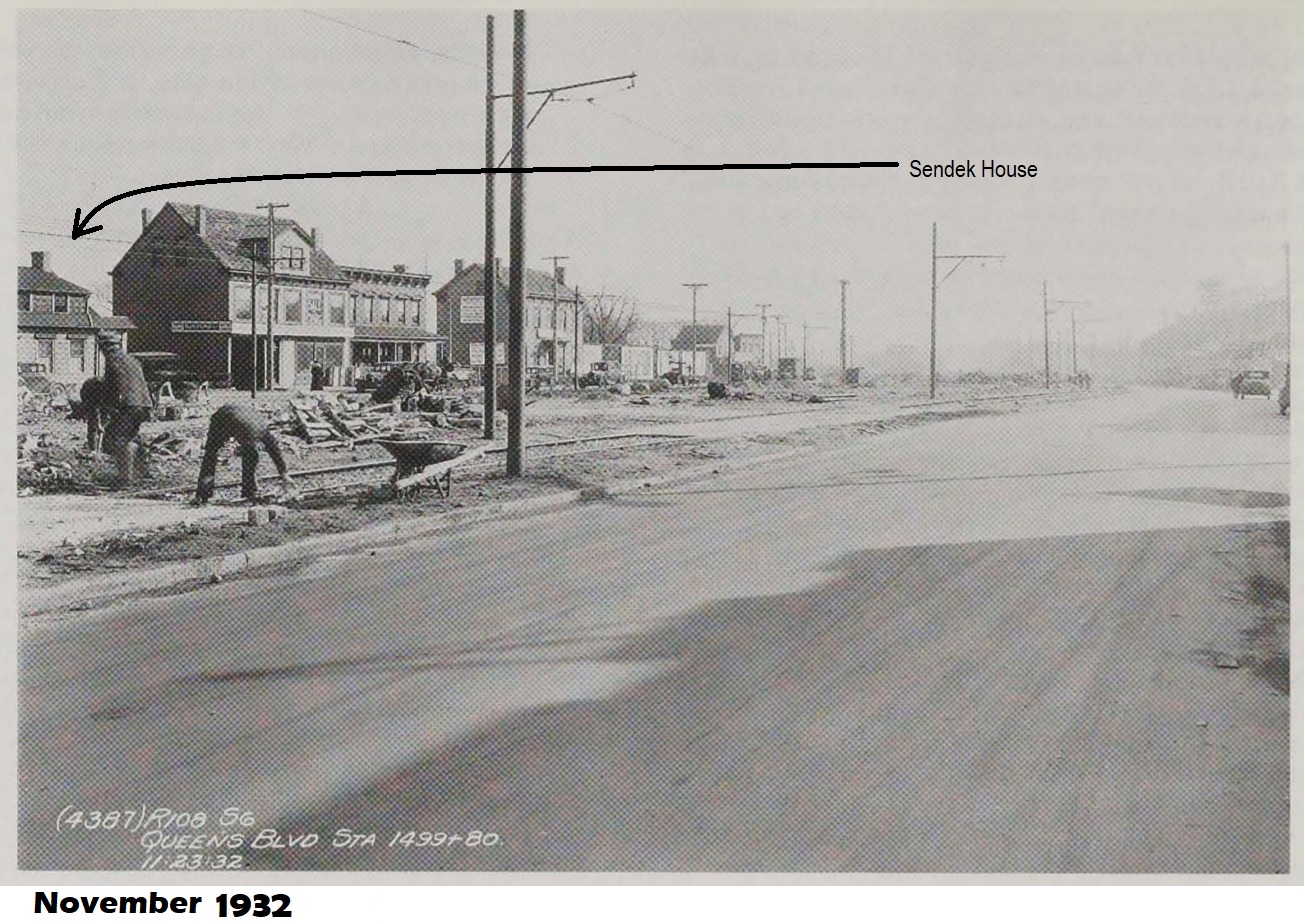
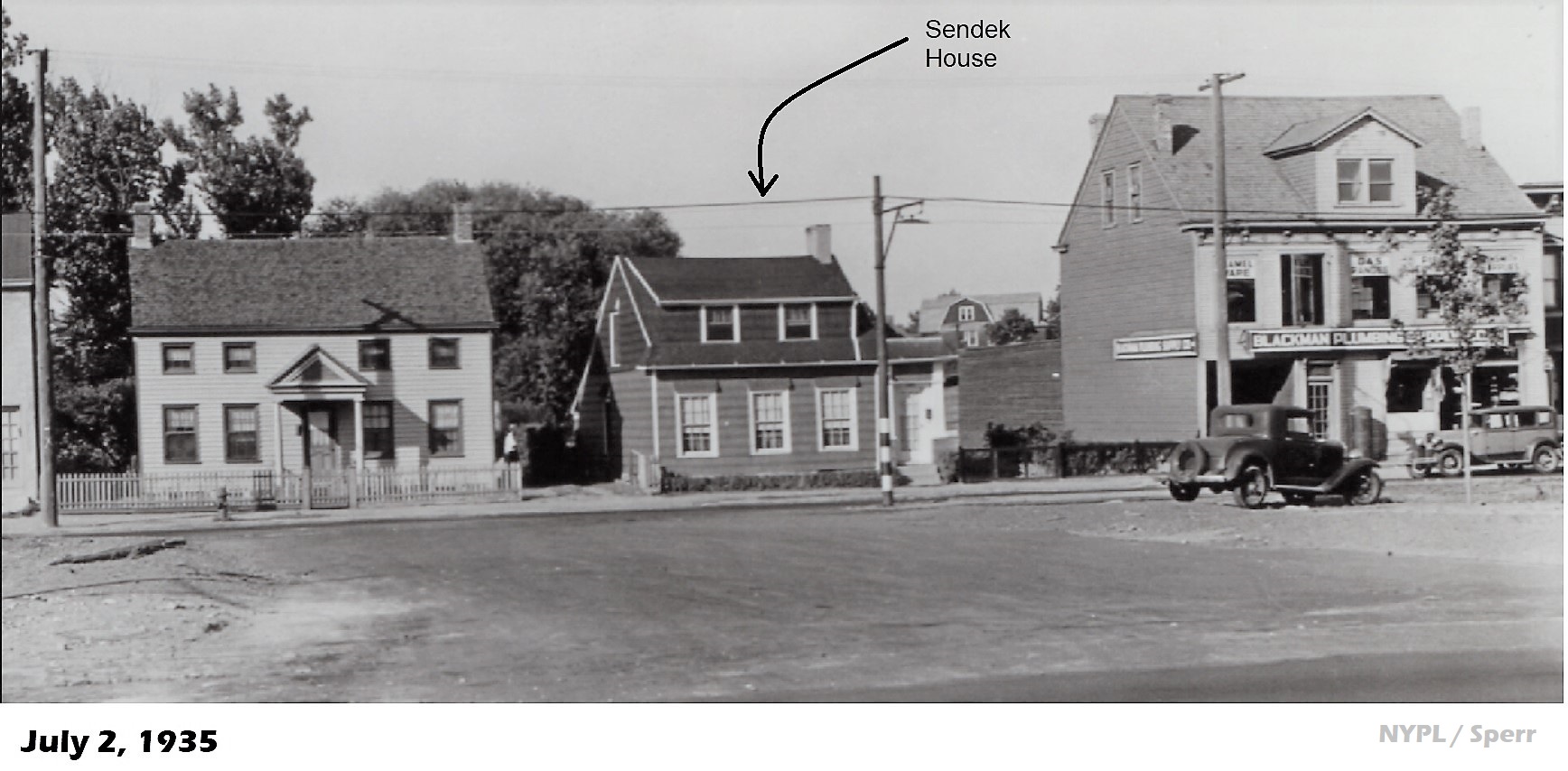
 I spliced two 1935 photos to make a little wider view of what the east side of Queens Boulevard looked like at the time.
I spliced two 1935 photos to make a little wider view of what the east side of Queens Boulevard looked like at the time. The house in 1940. The Sendeks have only lived here for 15 years at the time. (NYC Tax document collection)
The house in 1940. The Sendeks have only lived here for 15 years at the time. (NYC Tax document collection) 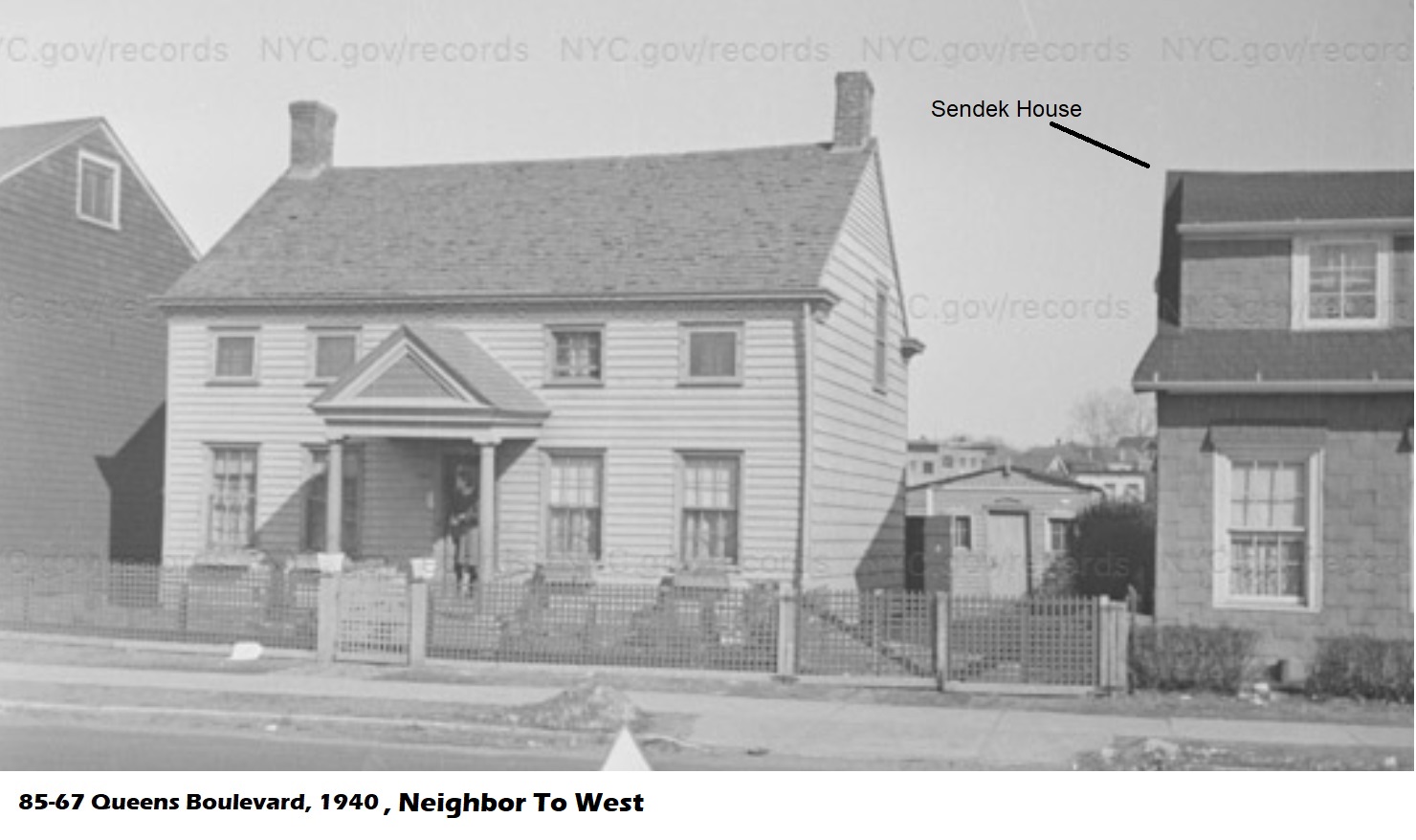 One of the Sendeks neighbors to the west appears to actually be standing in the doorframe of the house when this tax records photo was taken. A new street, 55th Avenue is in the city plans to be created right where this house stands. If the Sendek’s house was even a few feet to the west of where it stood it might have had to go with it.
One of the Sendeks neighbors to the west appears to actually be standing in the doorframe of the house when this tax records photo was taken. A new street, 55th Avenue is in the city plans to be created right where this house stands. If the Sendek’s house was even a few feet to the west of where it stood it might have had to go with it. 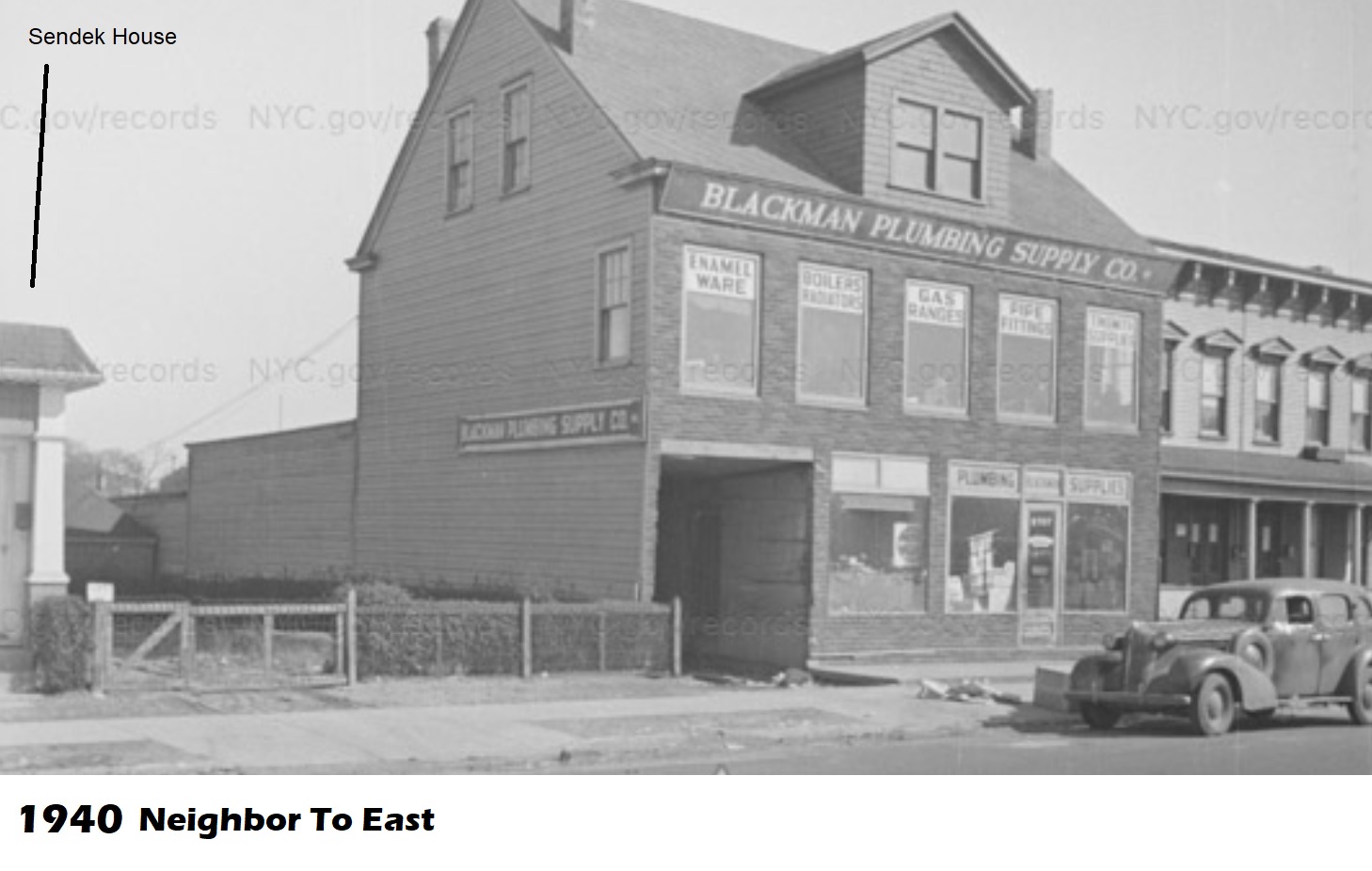 Blackman Plumbing Supply was the eastern neighbor of the Sendek family house for decades. The location is now that of the Citibank branch next to round Macy’s.
Blackman Plumbing Supply was the eastern neighbor of the Sendek family house for decades. The location is now that of the Citibank branch next to round Macy’s. 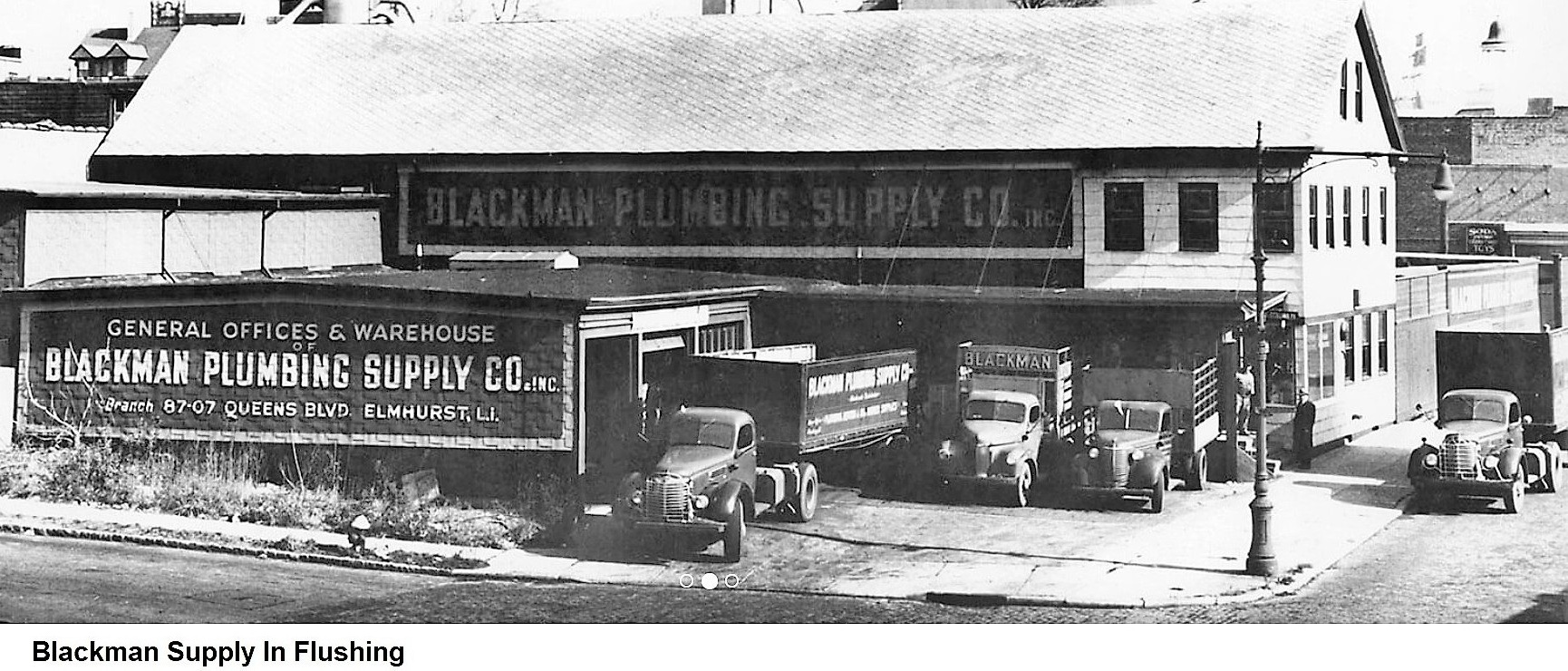 Blackman’s Plumbing in Flushing has a sign listing the 87-07 Queens Boulevard location. So they mean that house right next to Mary Sendek’s 87-01 address. This location is still in Flushing, the company still has a website and online catalog.
Blackman’s Plumbing in Flushing has a sign listing the 87-07 Queens Boulevard location. So they mean that house right next to Mary Sendek’s 87-01 address. This location is still in Flushing, the company still has a website and online catalog. 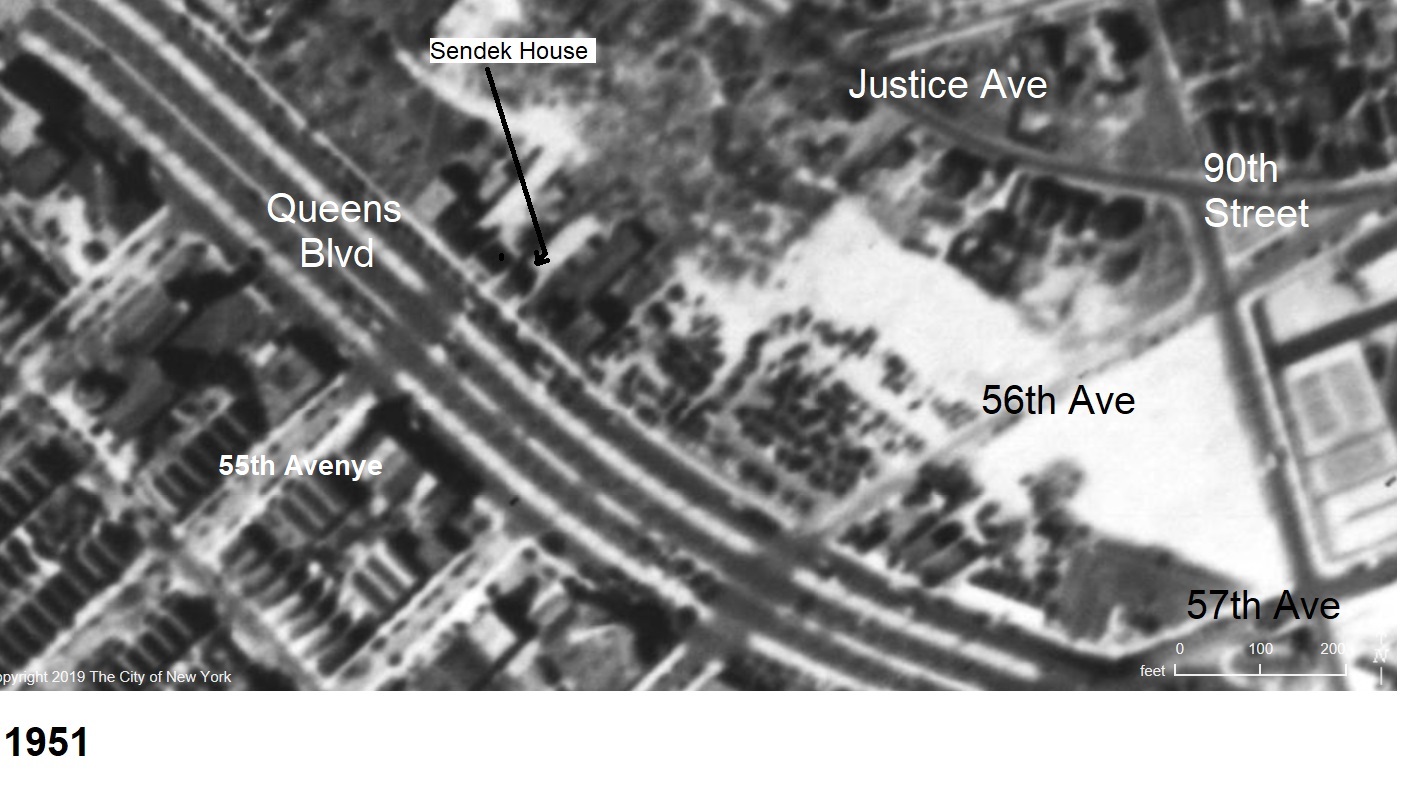 Aerial of Queens Boulevard before 55th Avenue is built from Justice Avenue to Queens Blvd. 85-67 Queens Blvd house still standing.
Aerial of Queens Boulevard before 55th Avenue is built from Justice Avenue to Queens Blvd. 85-67 Queens Blvd house still standing.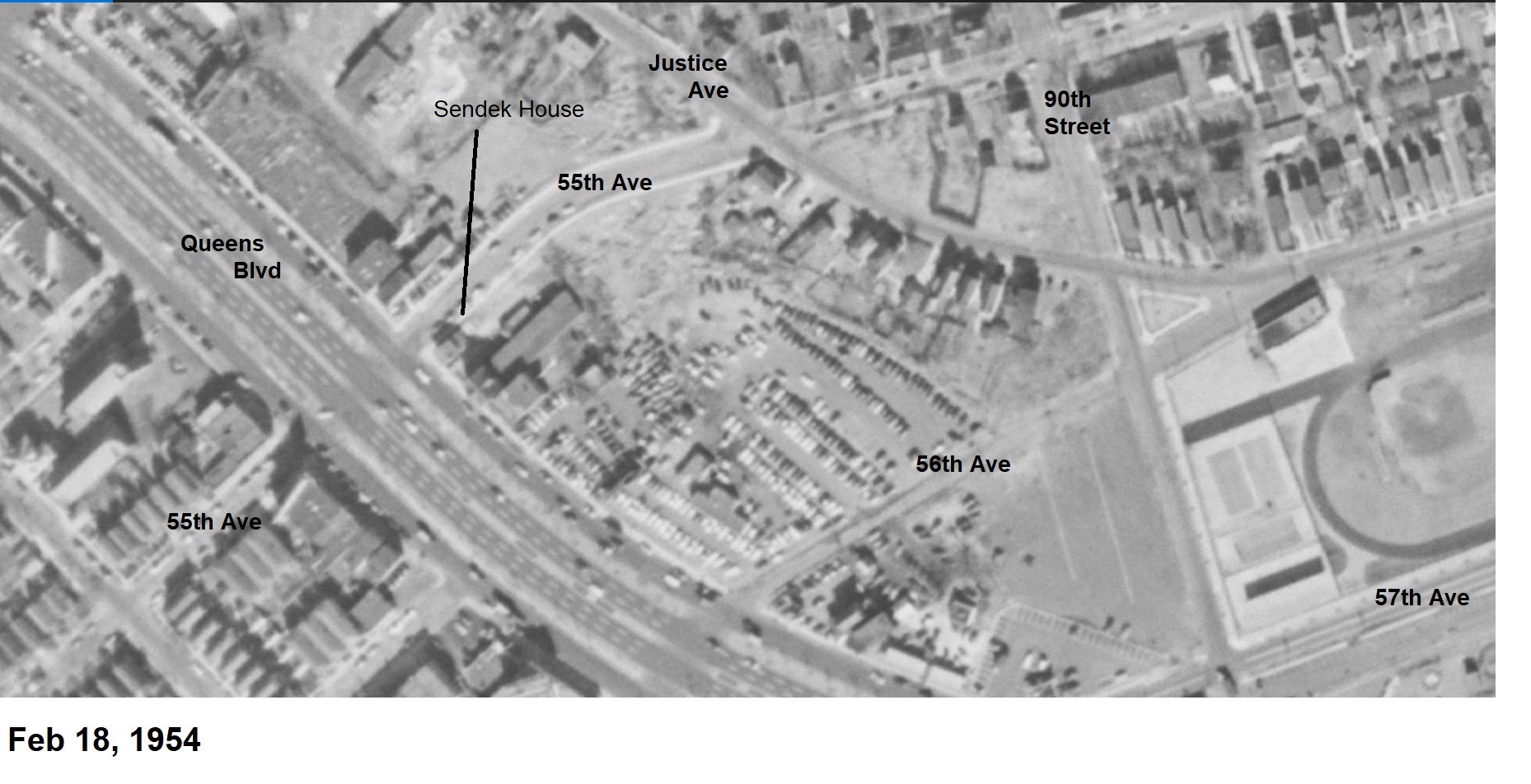
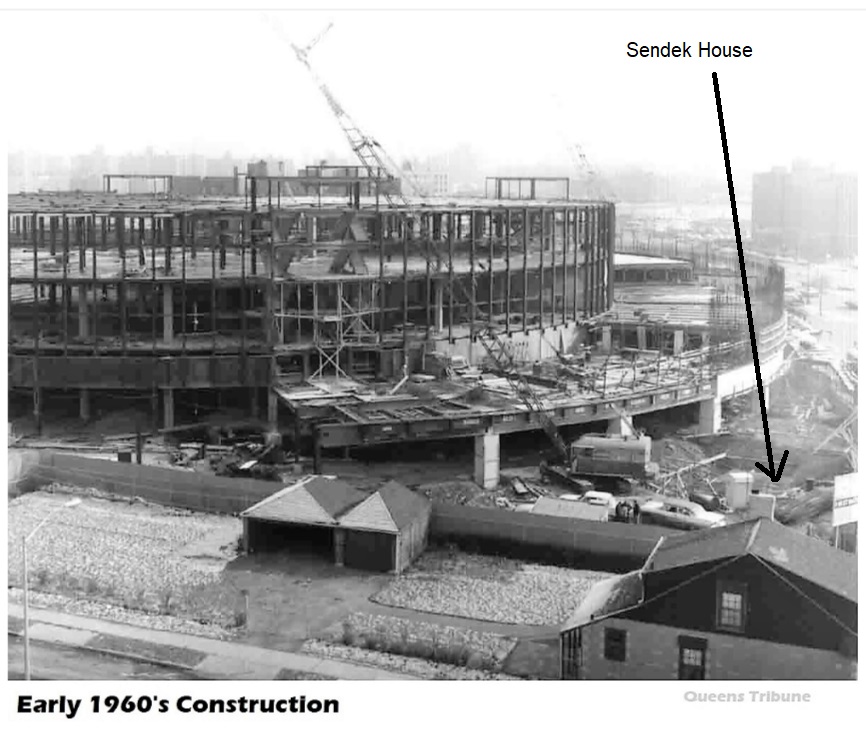 The block has been cleared out for construction by Macy’s with one exception, the now holdout Sendek house.
The block has been cleared out for construction by Macy’s with one exception, the now holdout Sendek house. 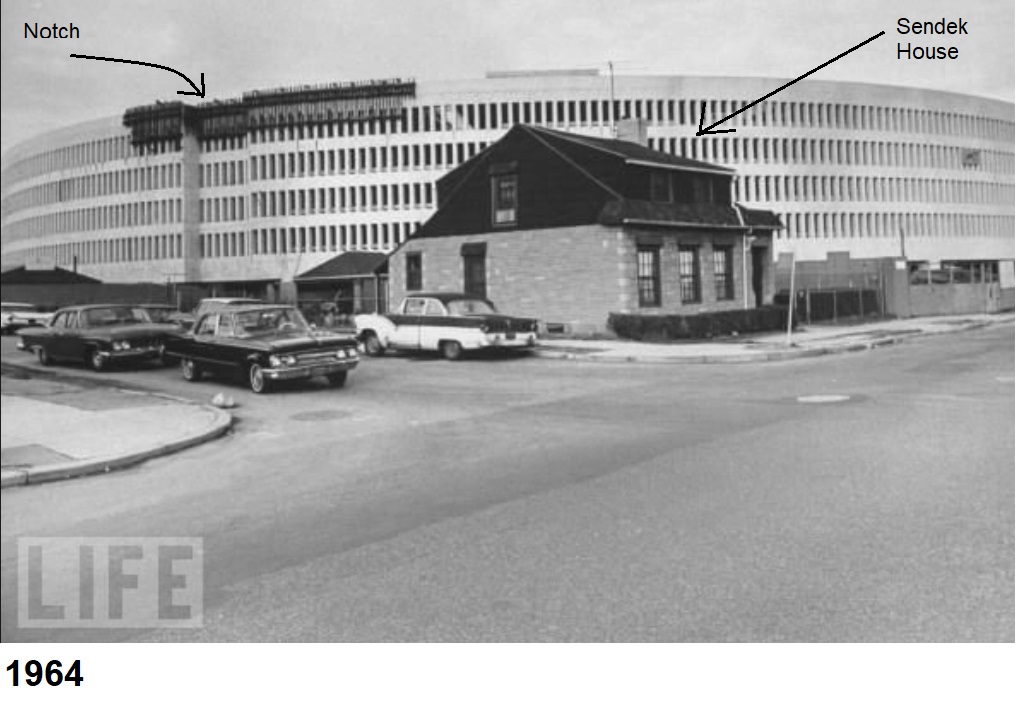 The air space of the Sendek backyard meant a small notch had to be cut into the round shape of Macy’s huge circle.
The air space of the Sendek backyard meant a small notch had to be cut into the round shape of Macy’s huge circle. 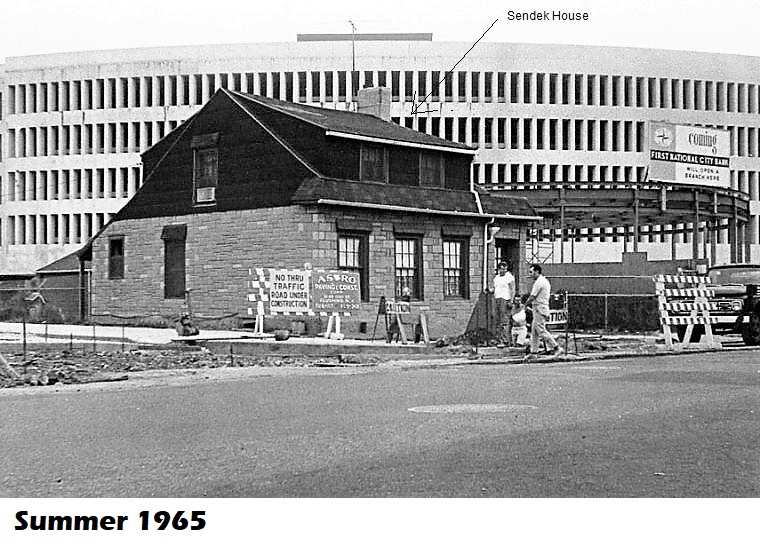 With both Sendek and Macy’s resolved to their fates, construction is completing on Macy’s. What Sendek may have felt about Macy’s impact on her life is hard to say.
With both Sendek and Macy’s resolved to their fates, construction is completing on Macy’s. What Sendek may have felt about Macy’s impact on her life is hard to say. 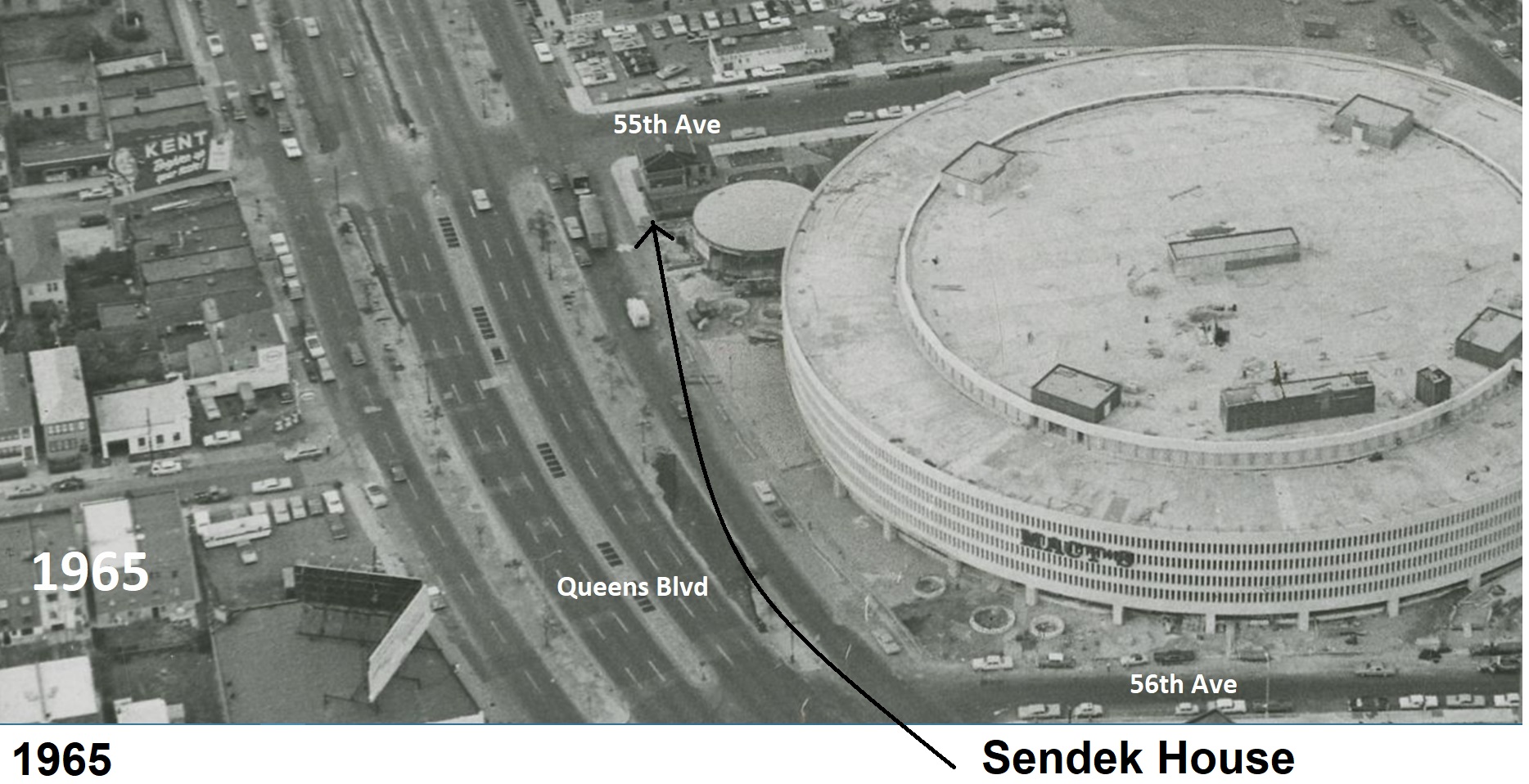

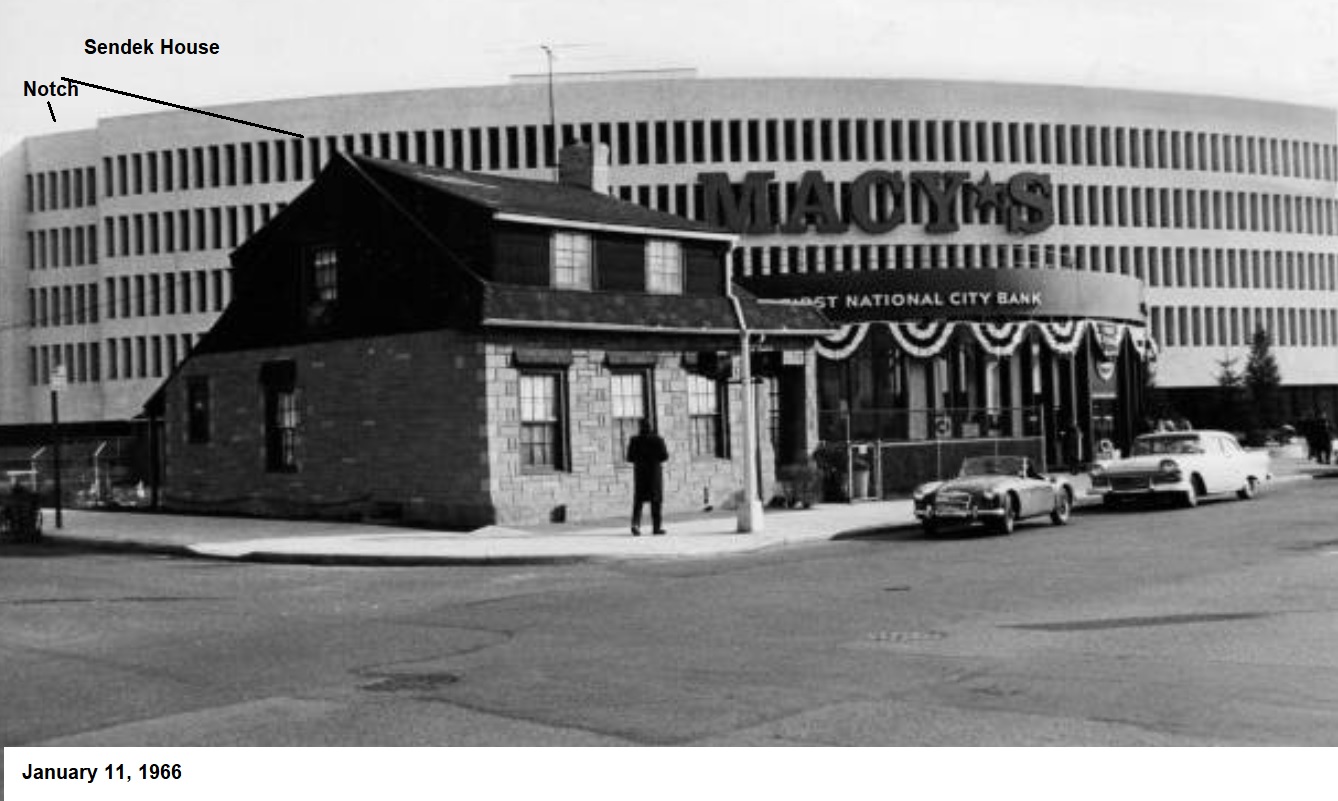
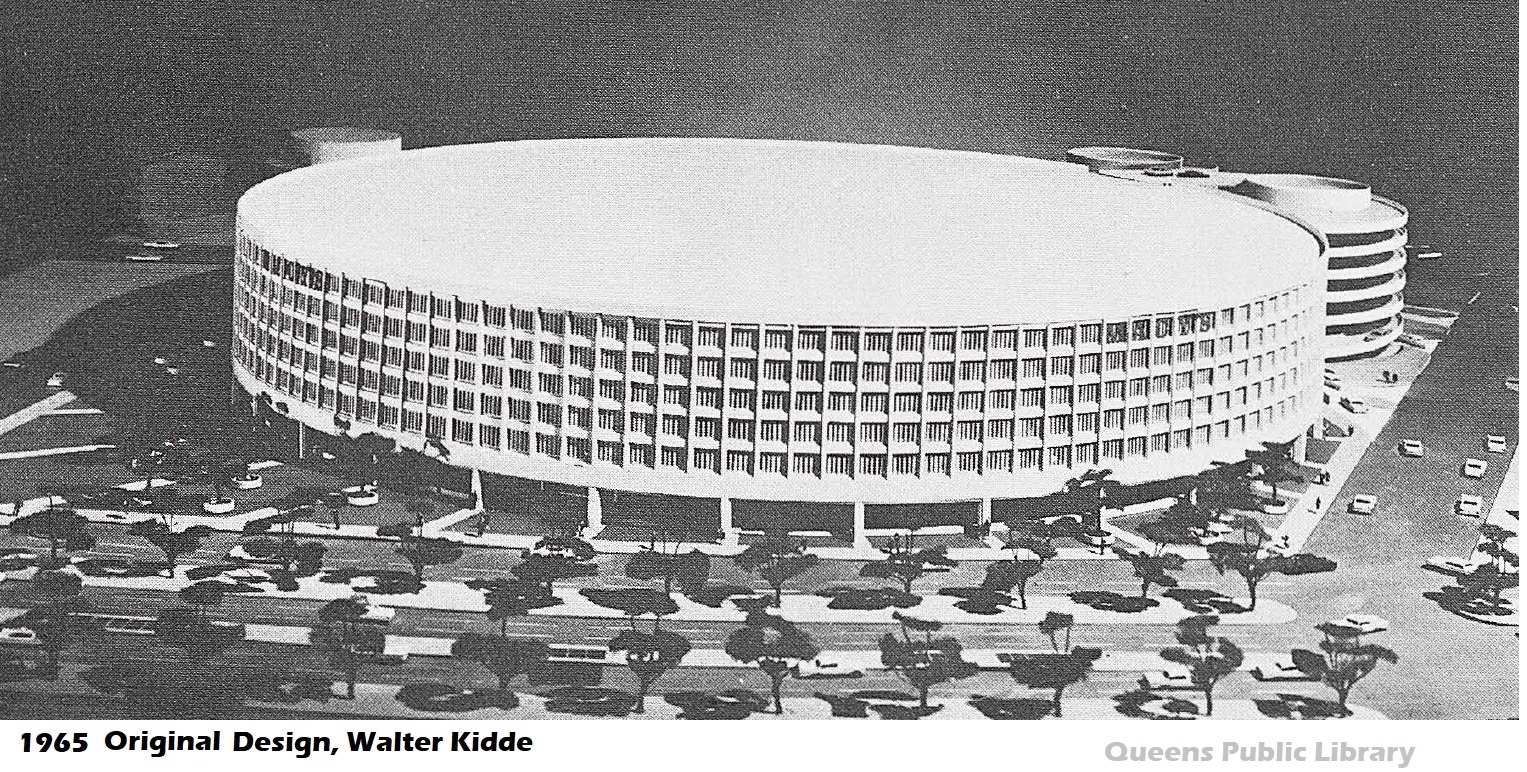
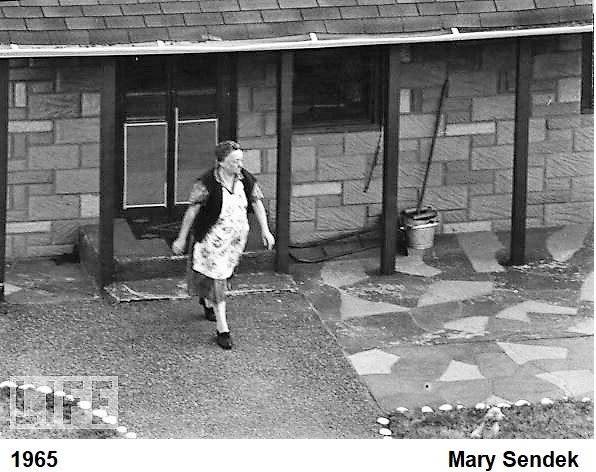 Mary Sendek behind her house in 1965 in what is the only known photo of her.
Mary Sendek behind her house in 1965 in what is the only known photo of her. 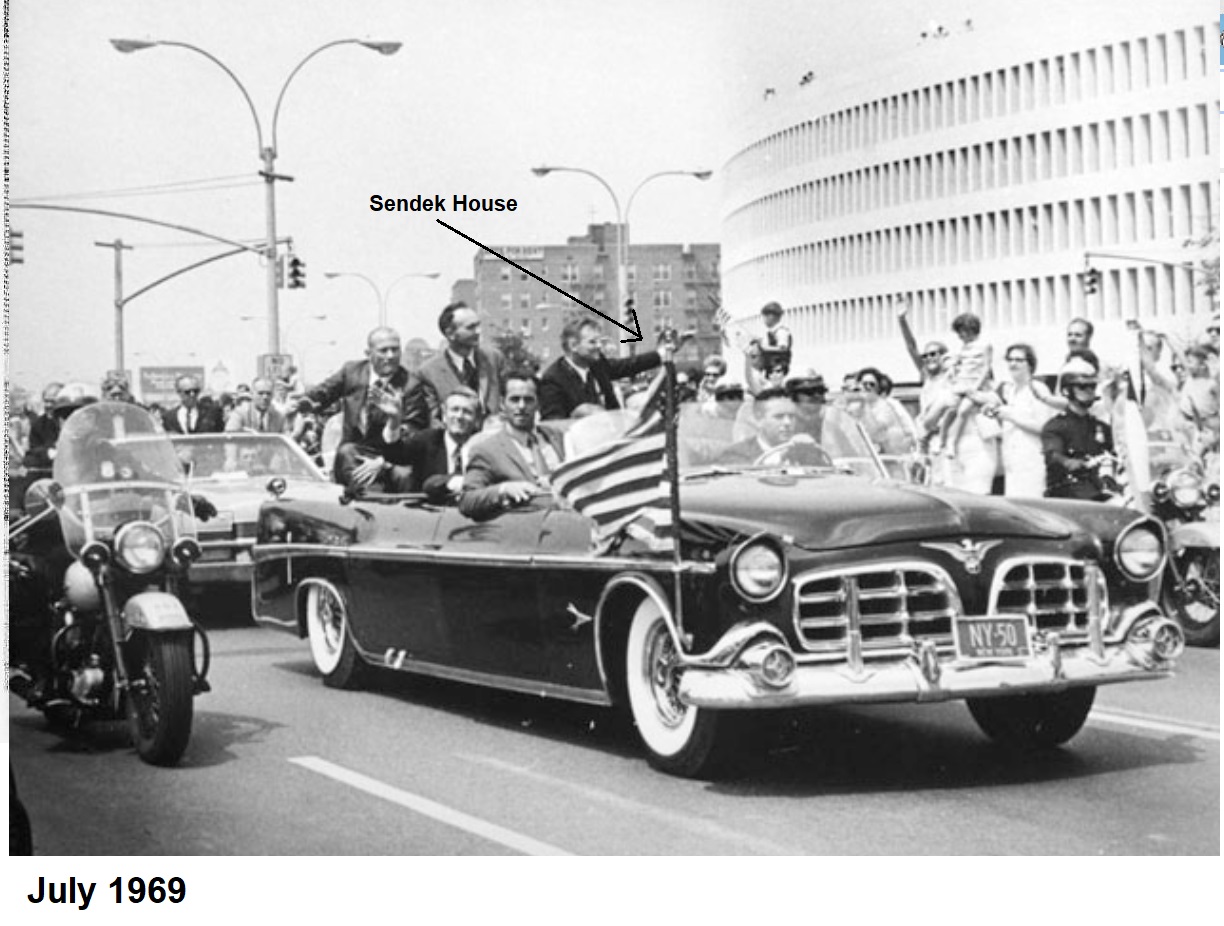 Mayor Lindsay campaign, with first astronauts on the moon Buzz Aldrin, Michael Collins, and Neil Armstrong. The Sendek house is just behind Armstrong’s arm. (LaGuardia Archive)
Mayor Lindsay campaign, with first astronauts on the moon Buzz Aldrin, Michael Collins, and Neil Armstrong. The Sendek house is just behind Armstrong’s arm. (LaGuardia Archive)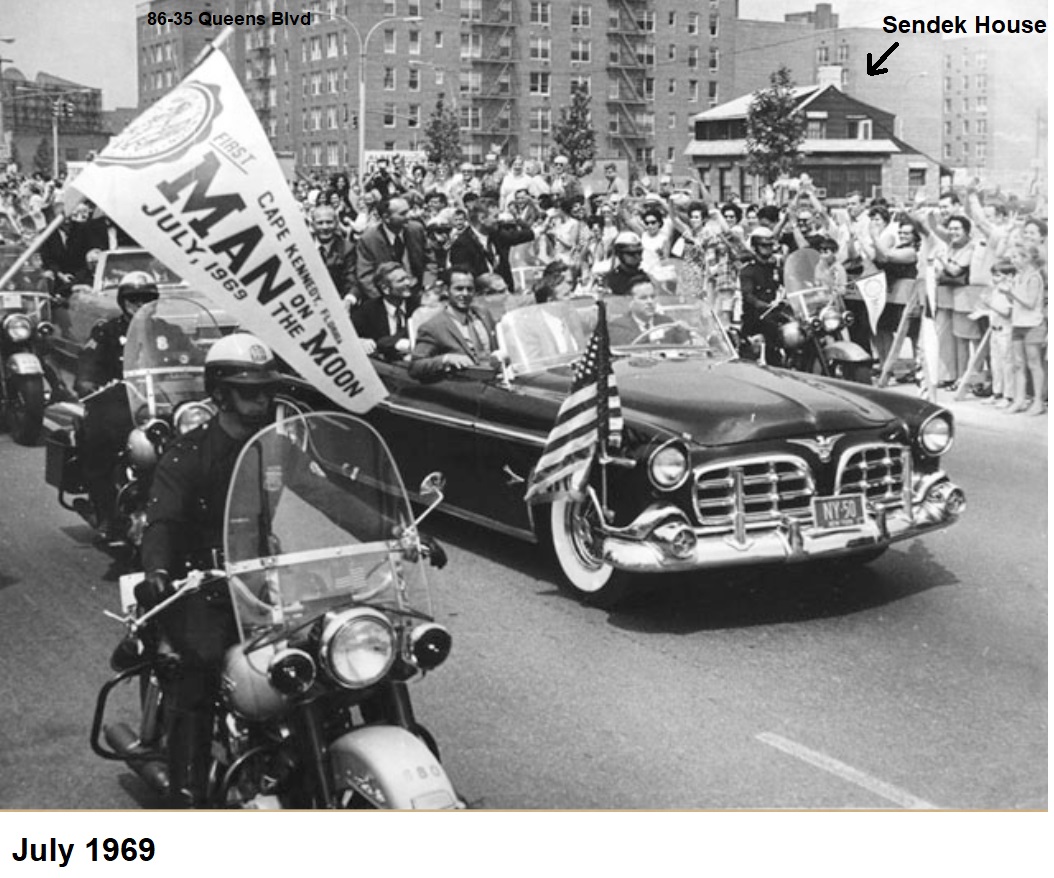
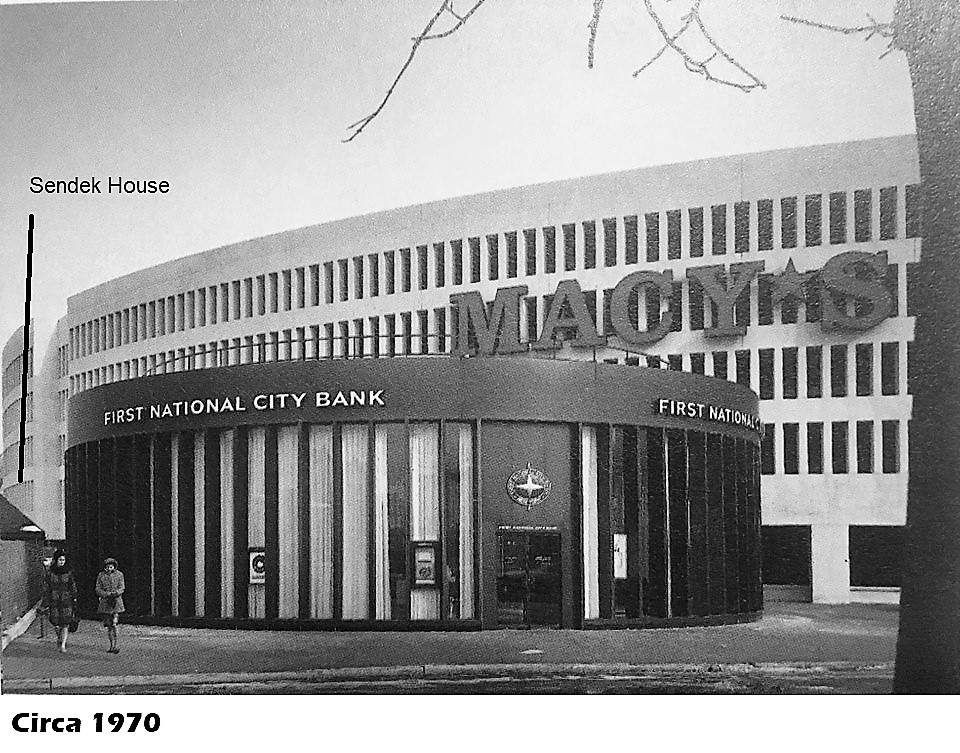
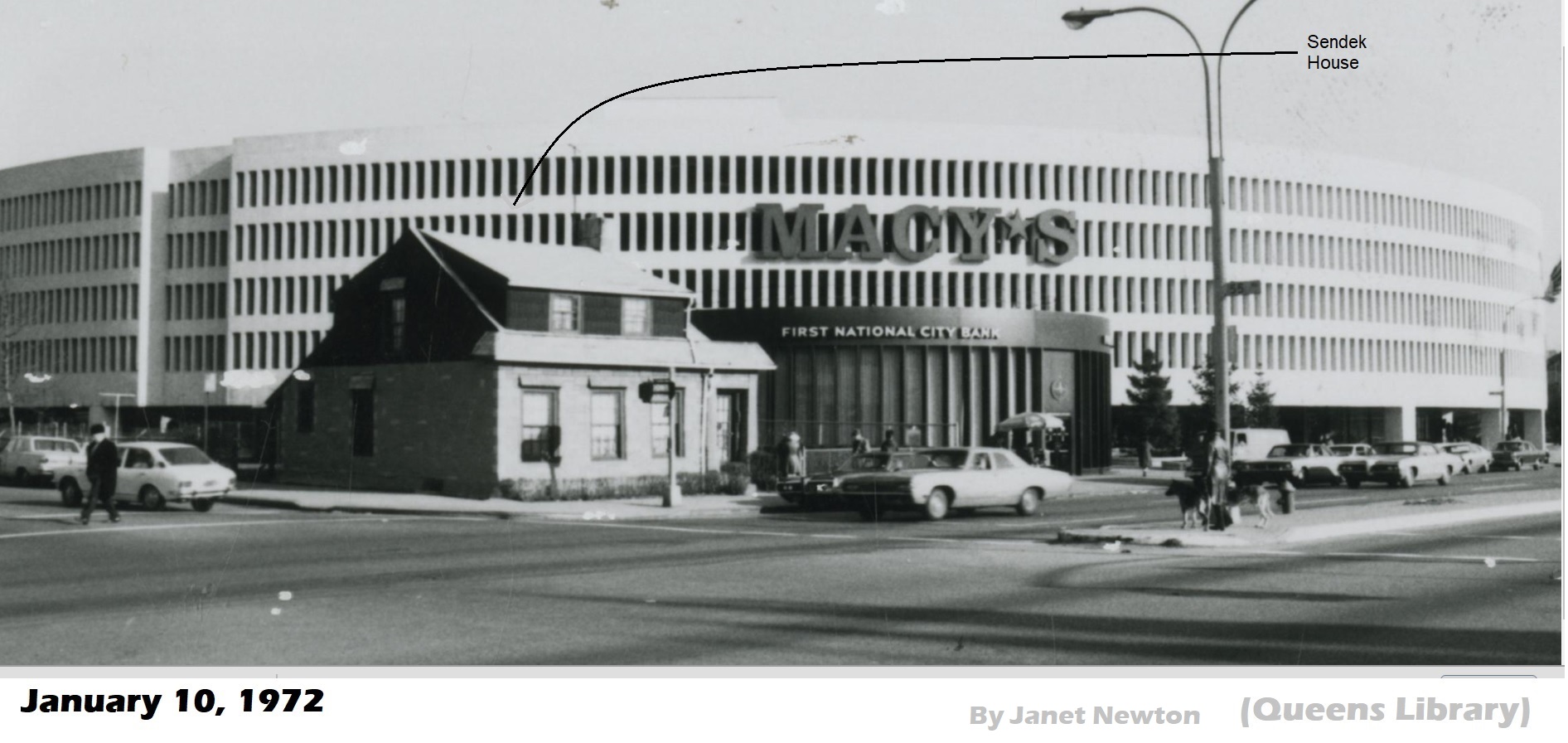 Sendek lived through the entire decade of the 1970’s in her house, both Citibank and Macy’s were her neighbors.
Sendek lived through the entire decade of the 1970’s in her house, both Citibank and Macy’s were her neighbors.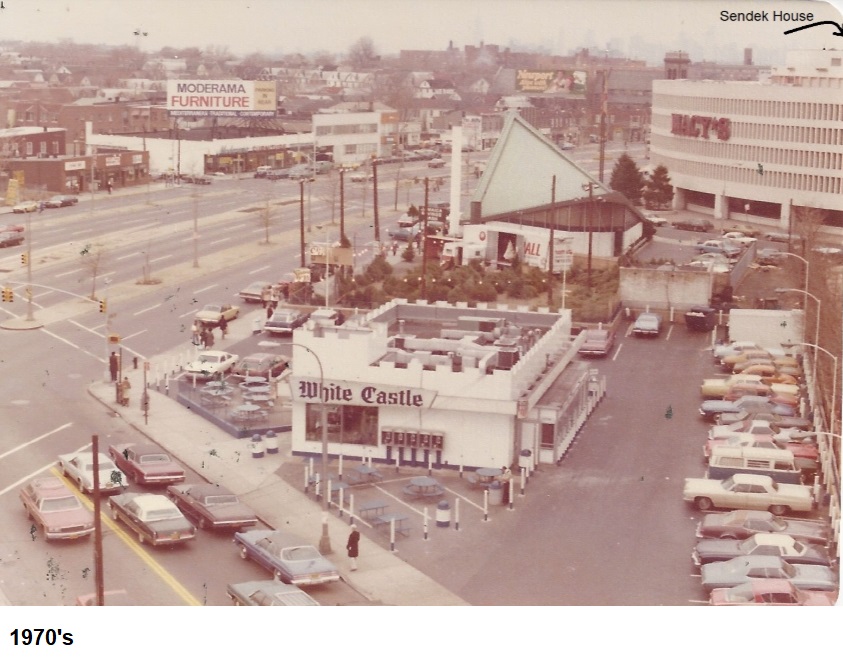

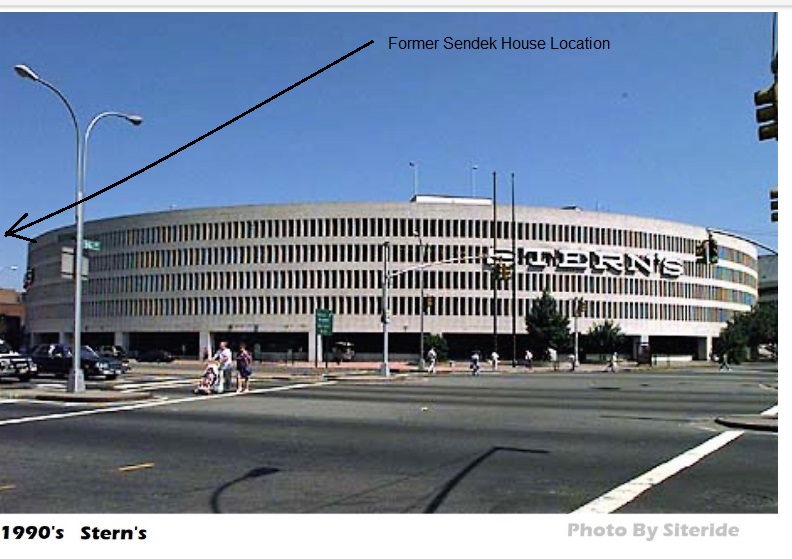
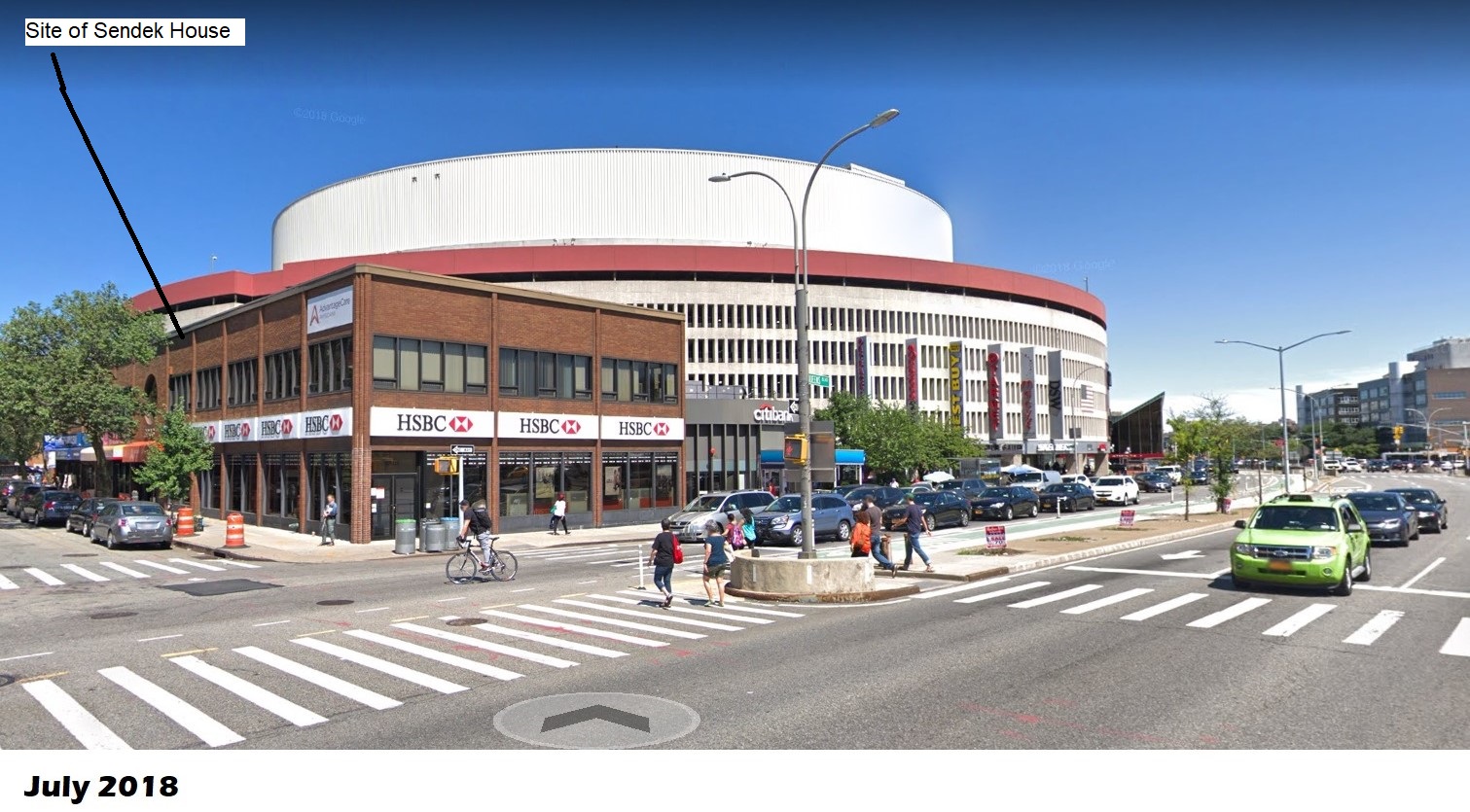
 We wont know who is getting into the baseball hall of fame officially until mid January, but we can get clues as to where the vote will go, thanks to
We wont know who is getting into the baseball hall of fame officially until mid January, but we can get clues as to where the vote will go, thanks to 
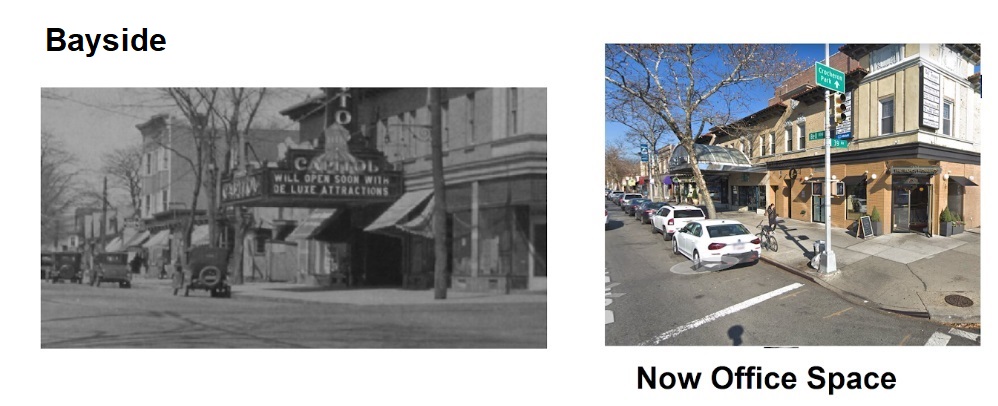

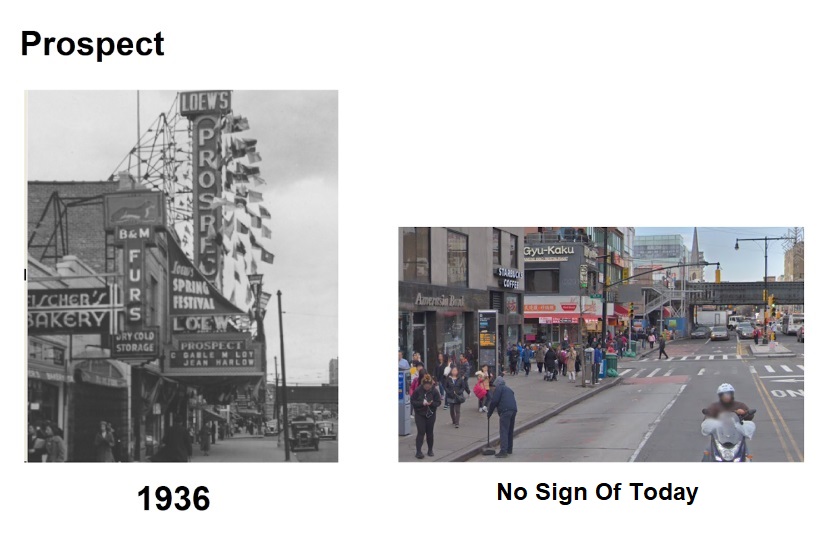
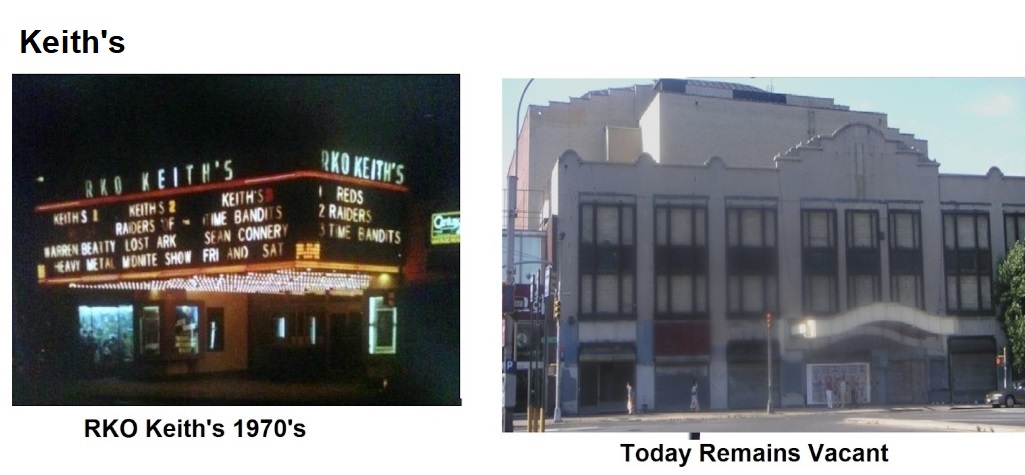
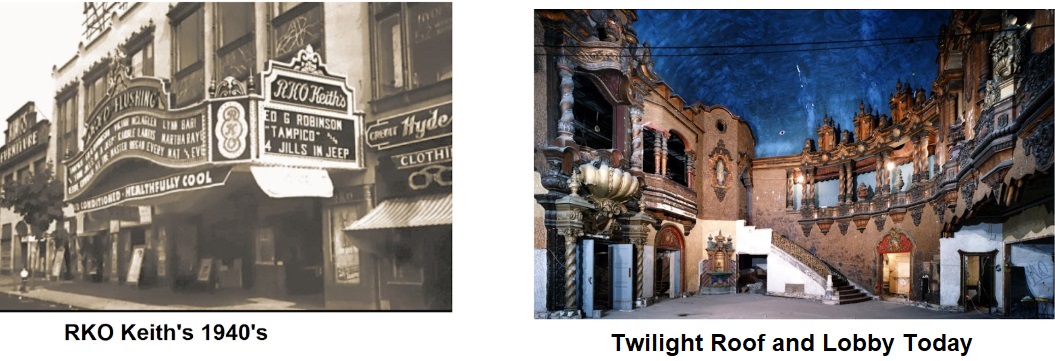
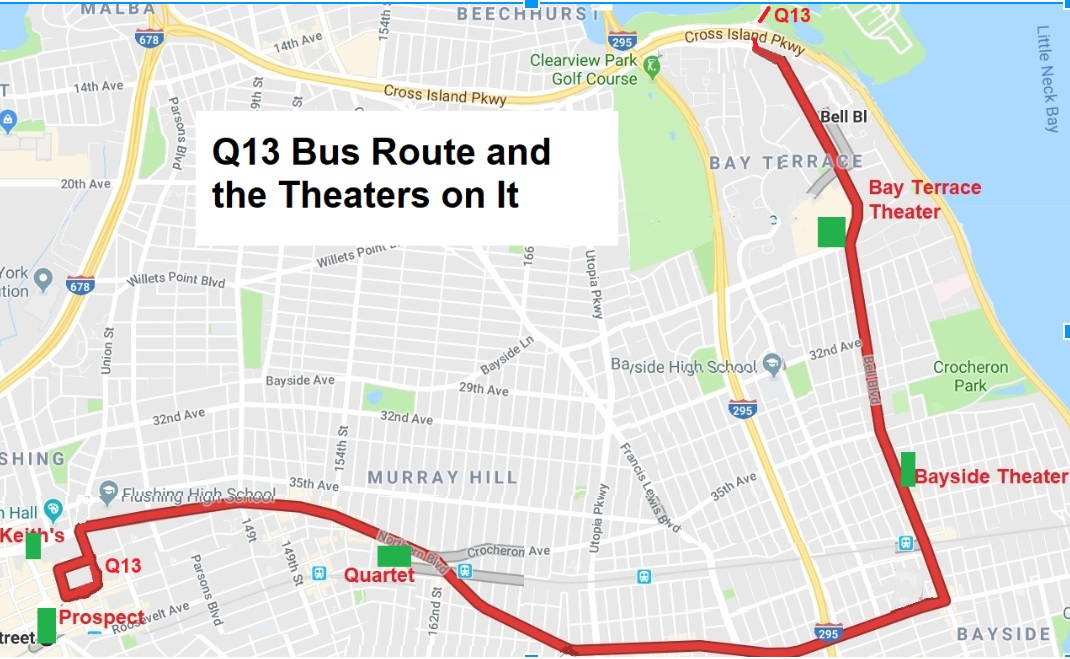

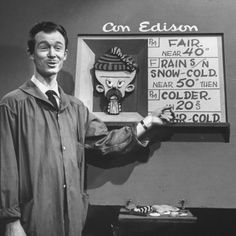
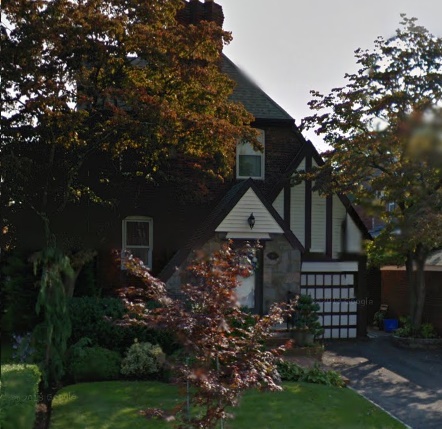
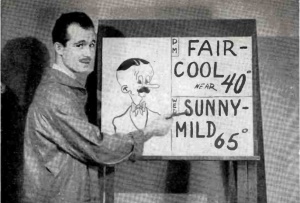
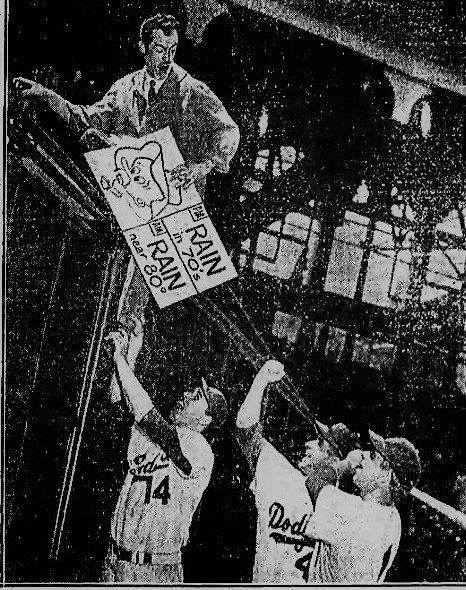
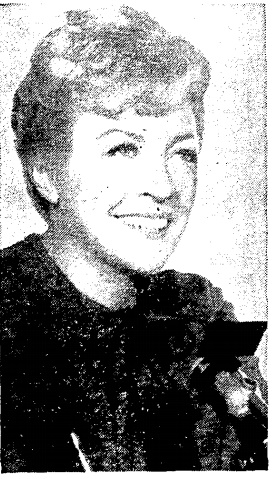
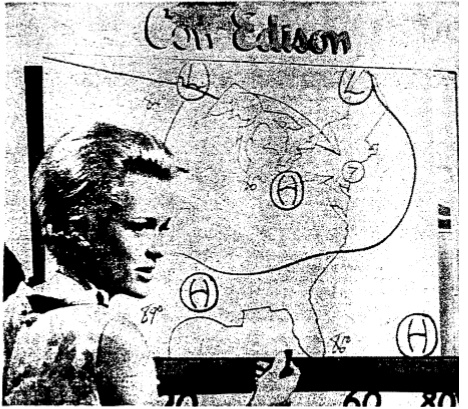
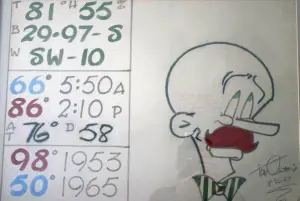
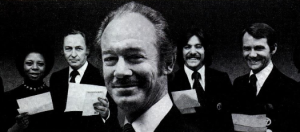
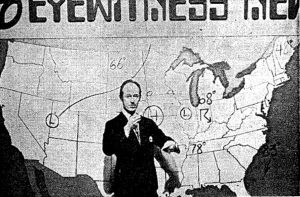
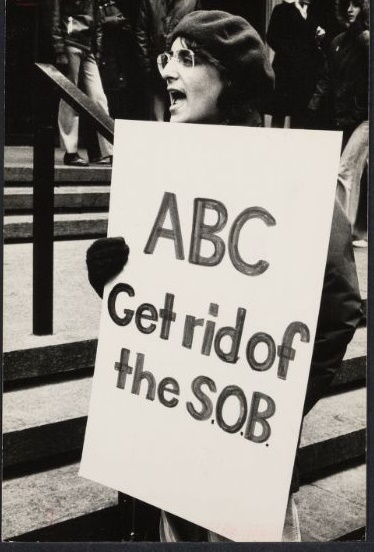
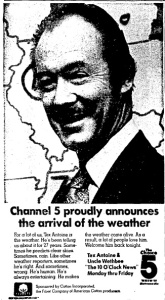
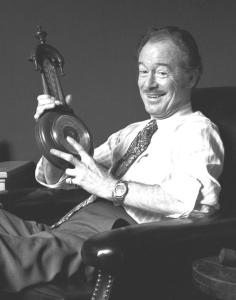 weather people who followed in his footsteps, and he was especially popular with children. Al Roker said he grew up playing with Uncle Weathbee Colorforms®. Area weatherman Bob Harris said instead of Chuck Berry and Elvis his idol was Tex. Author Robert Henson said his first source of weather reports was Antoine. For generations of New Yorkers, from the 1940’s to the 70’s, Tex was synonymous with weather. It’s unrealistic to think that the stigma of Tex’s bad joke will ever be completely forgotten, and his legacy will always pay a price. But in talking to those who knew him and looking back at his life, the professional, friendly, enthusiastic, and talented man who he was should not be forgotten either. (There are two scripted YouTube videos of Tex, which show him drawing, a
weather people who followed in his footsteps, and he was especially popular with children. Al Roker said he grew up playing with Uncle Weathbee Colorforms®. Area weatherman Bob Harris said instead of Chuck Berry and Elvis his idol was Tex. Author Robert Henson said his first source of weather reports was Antoine. For generations of New Yorkers, from the 1940’s to the 70’s, Tex was synonymous with weather. It’s unrealistic to think that the stigma of Tex’s bad joke will ever be completely forgotten, and his legacy will always pay a price. But in talking to those who knew him and looking back at his life, the professional, friendly, enthusiastic, and talented man who he was should not be forgotten either. (There are two scripted YouTube videos of Tex, which show him drawing, a 
